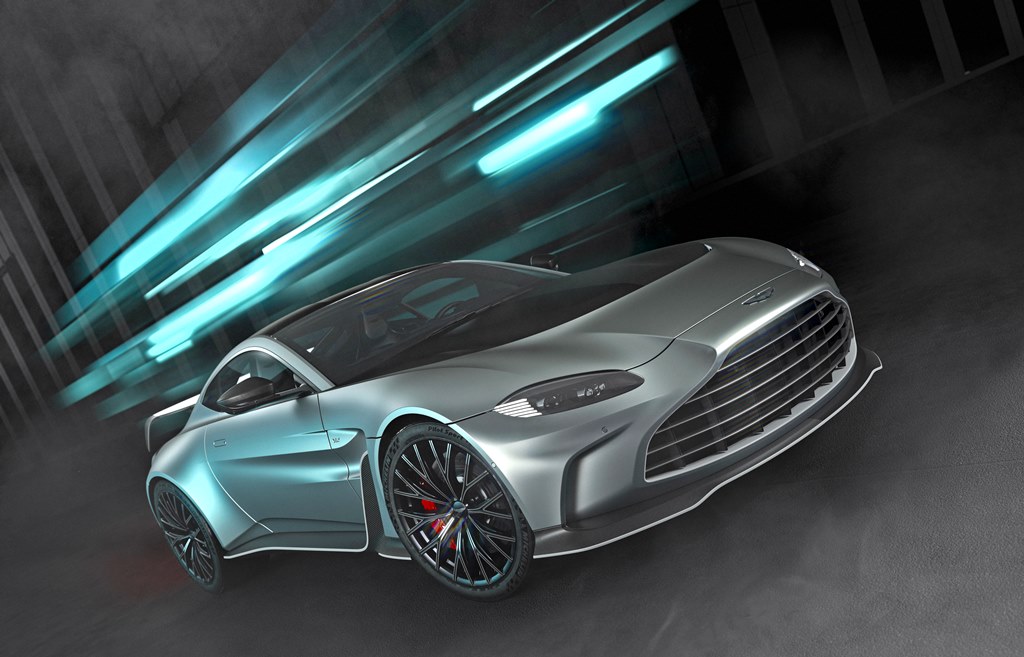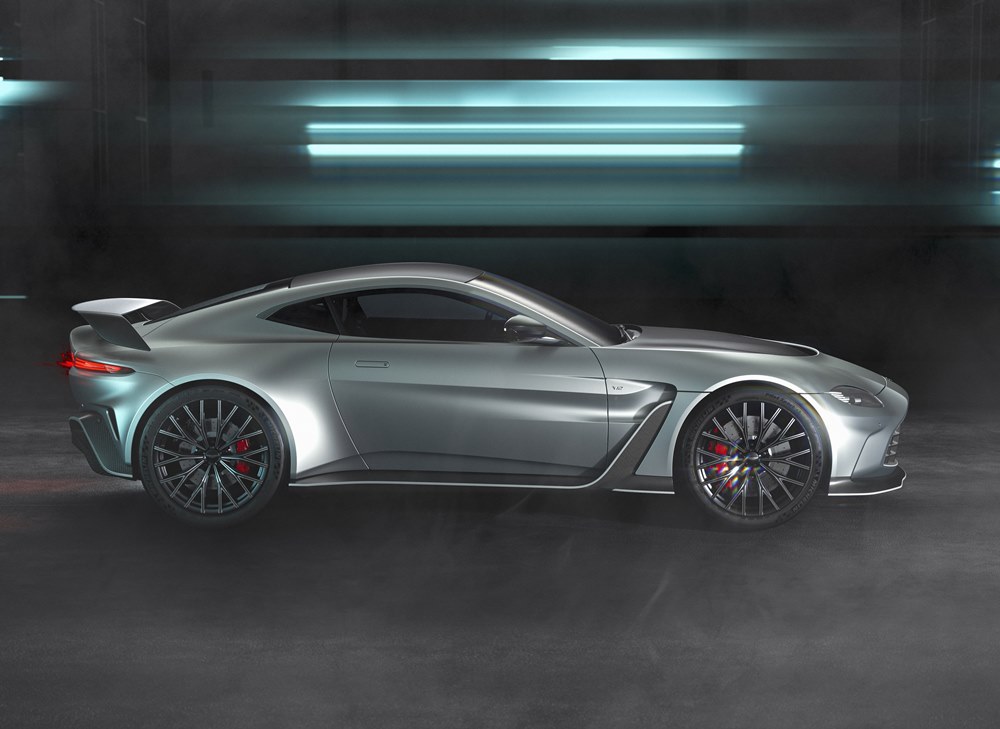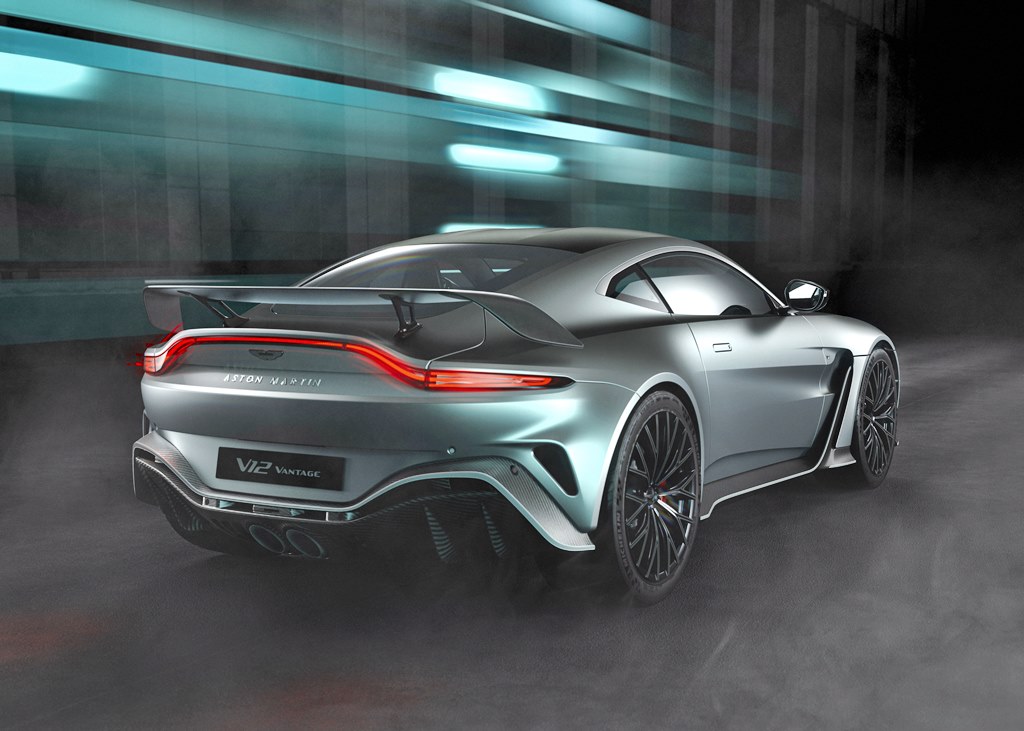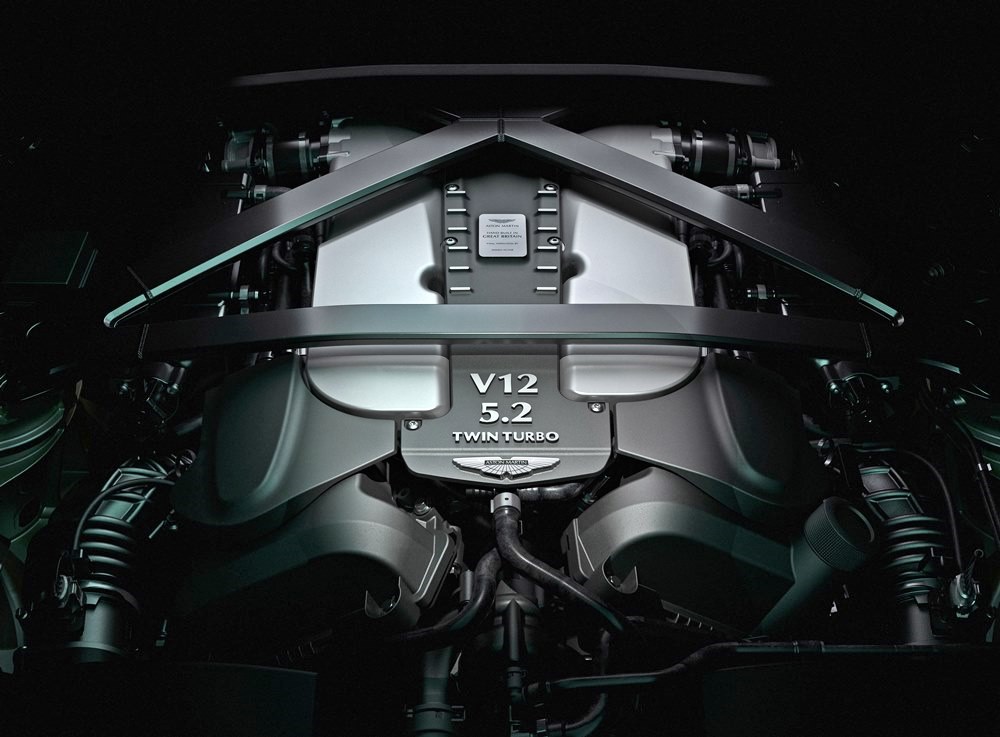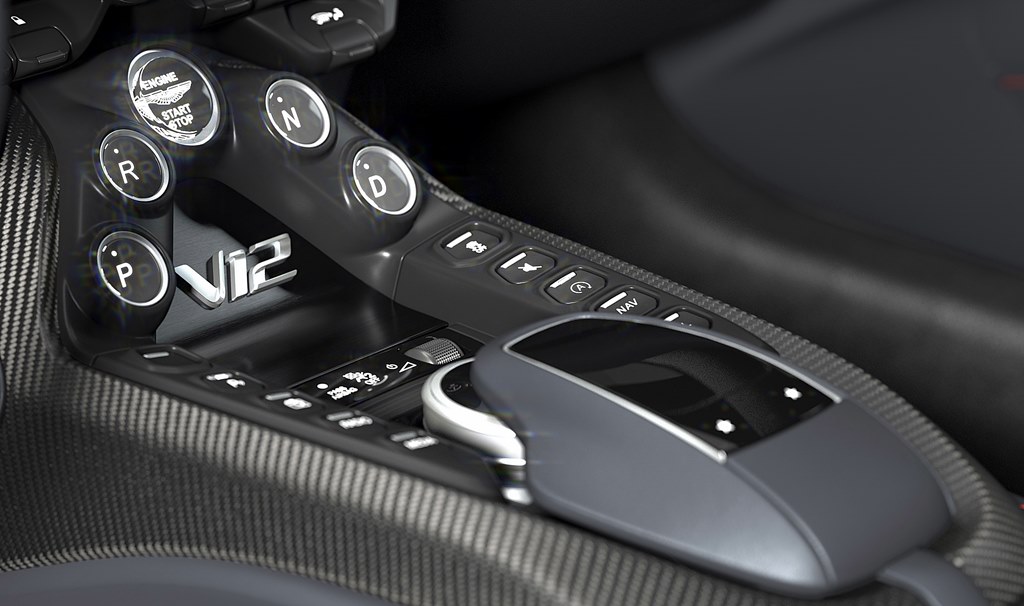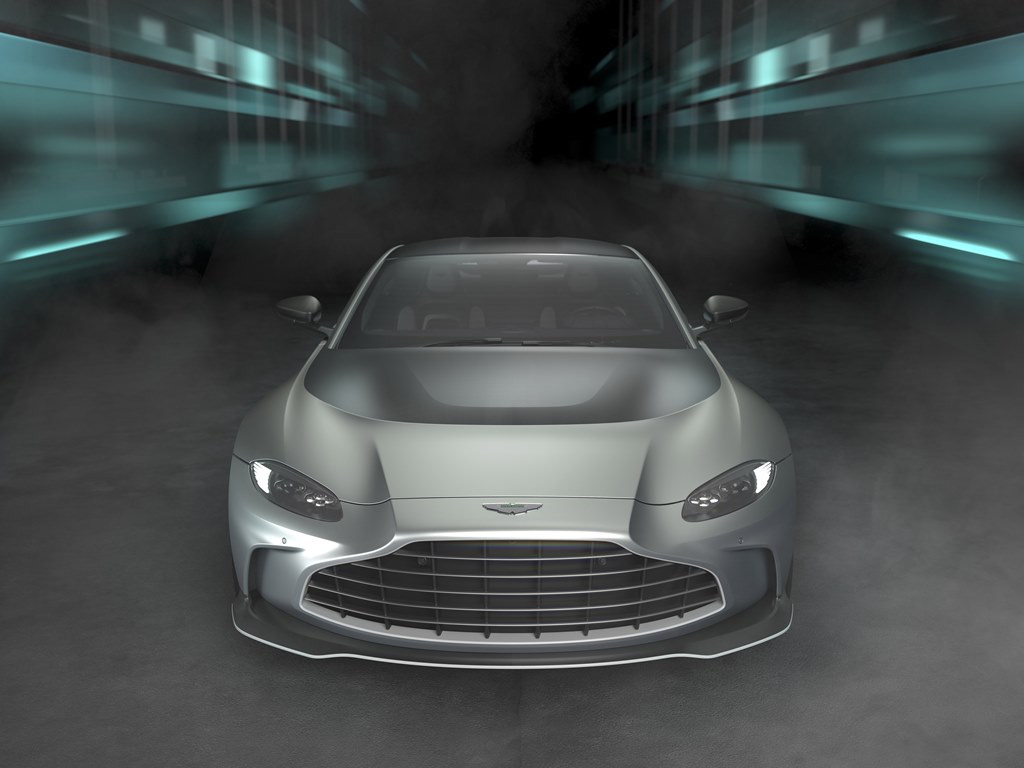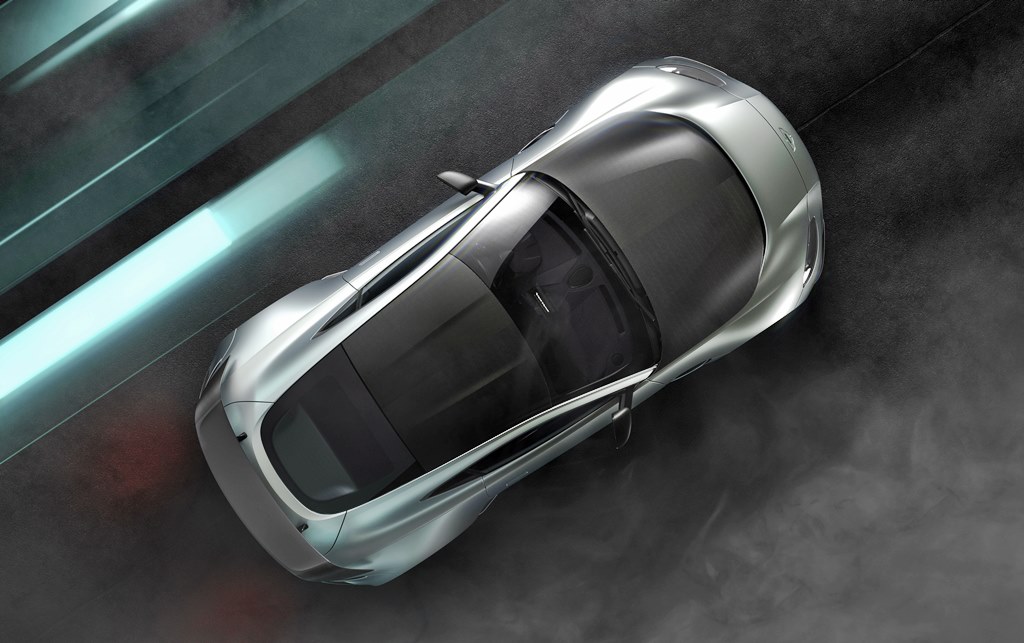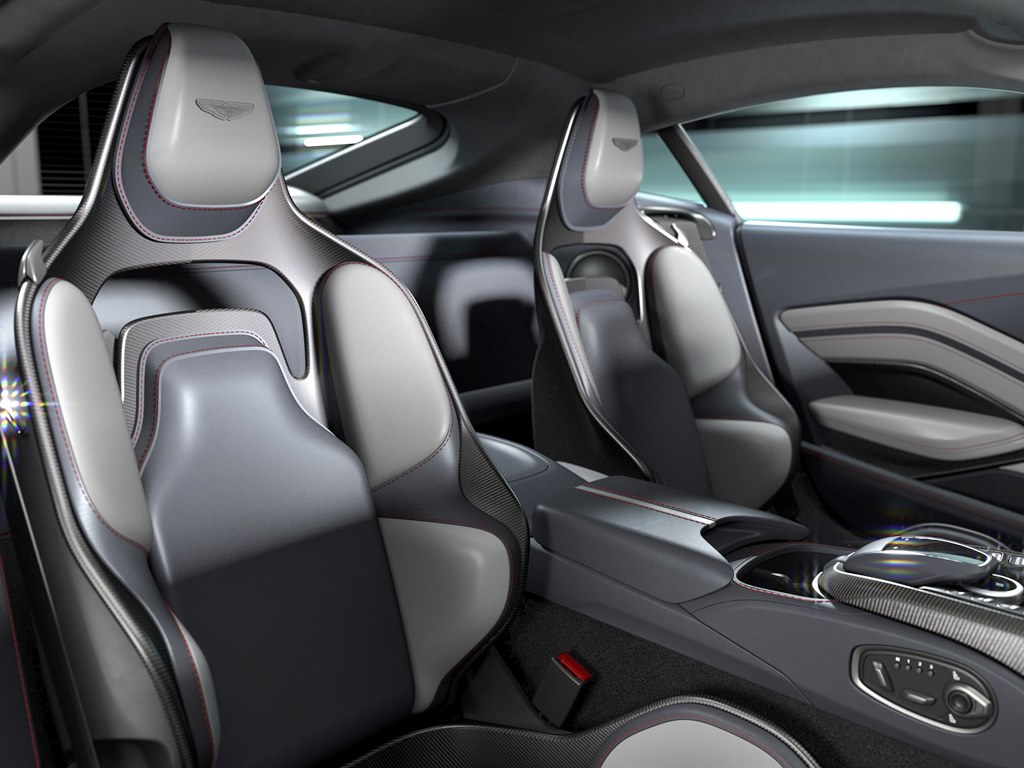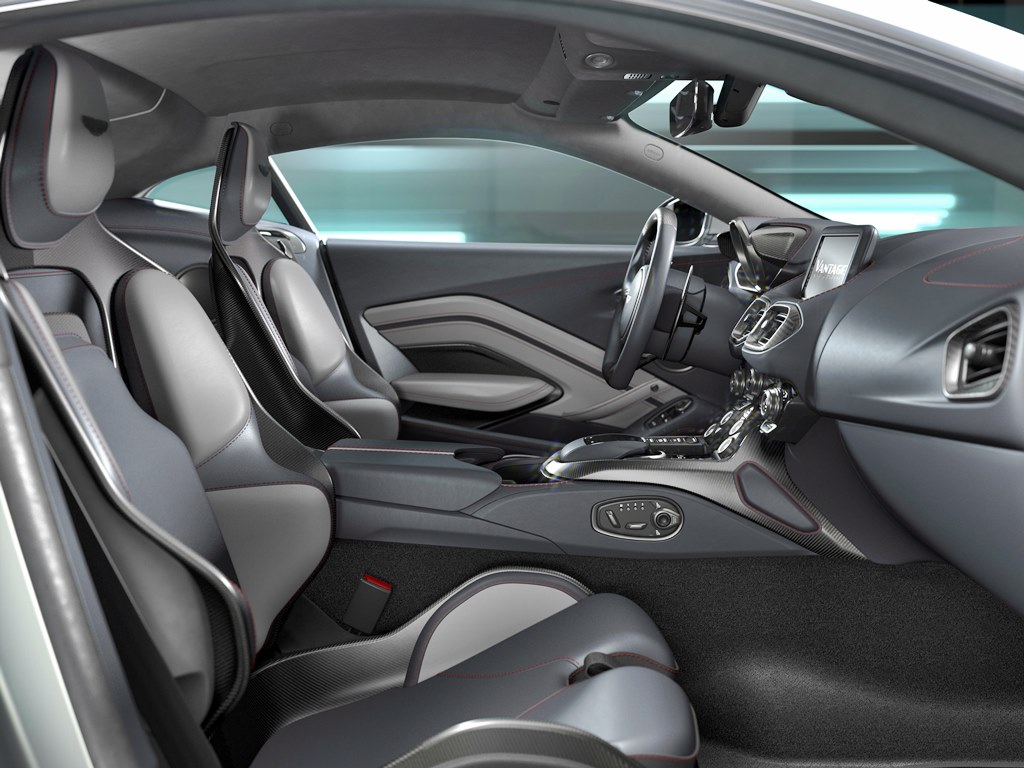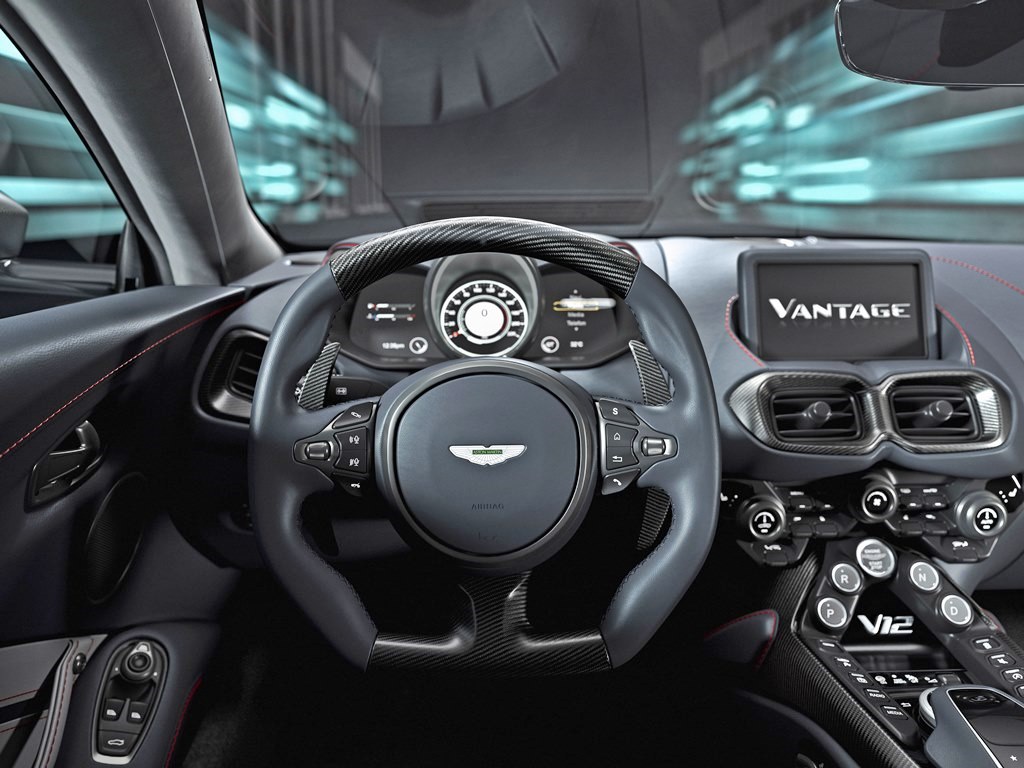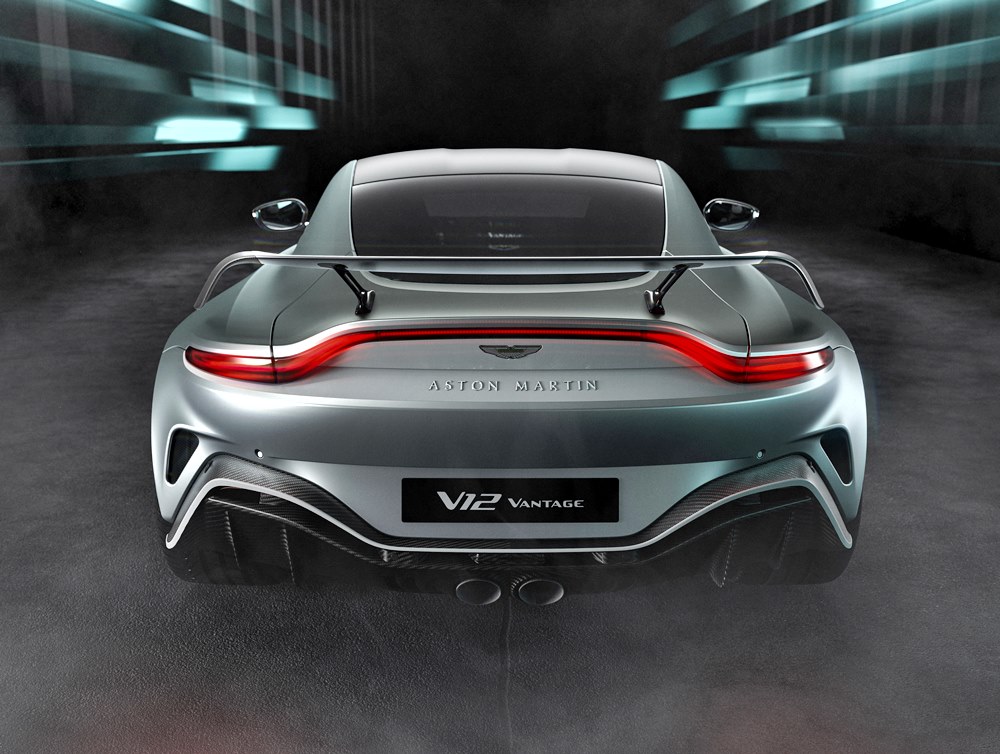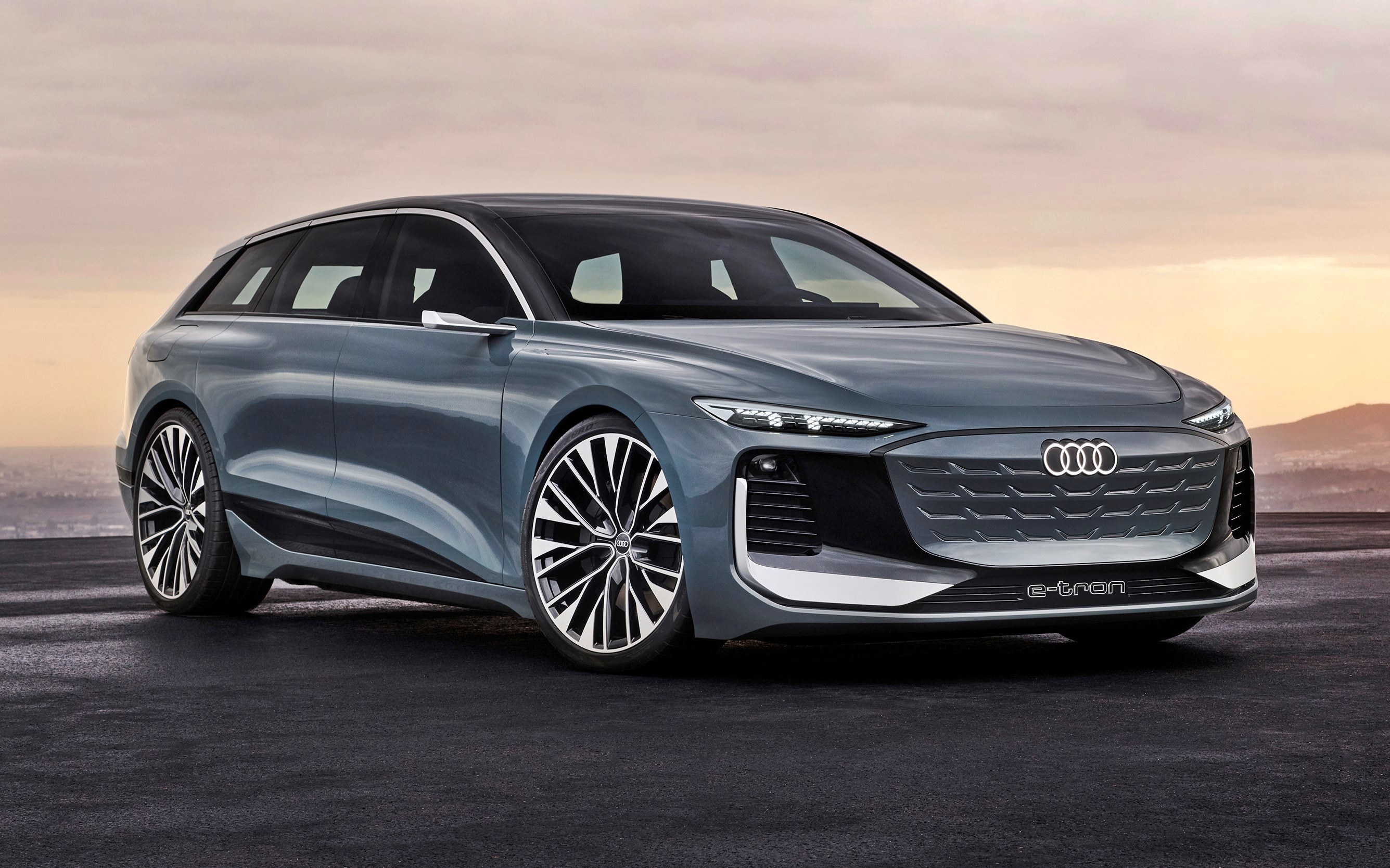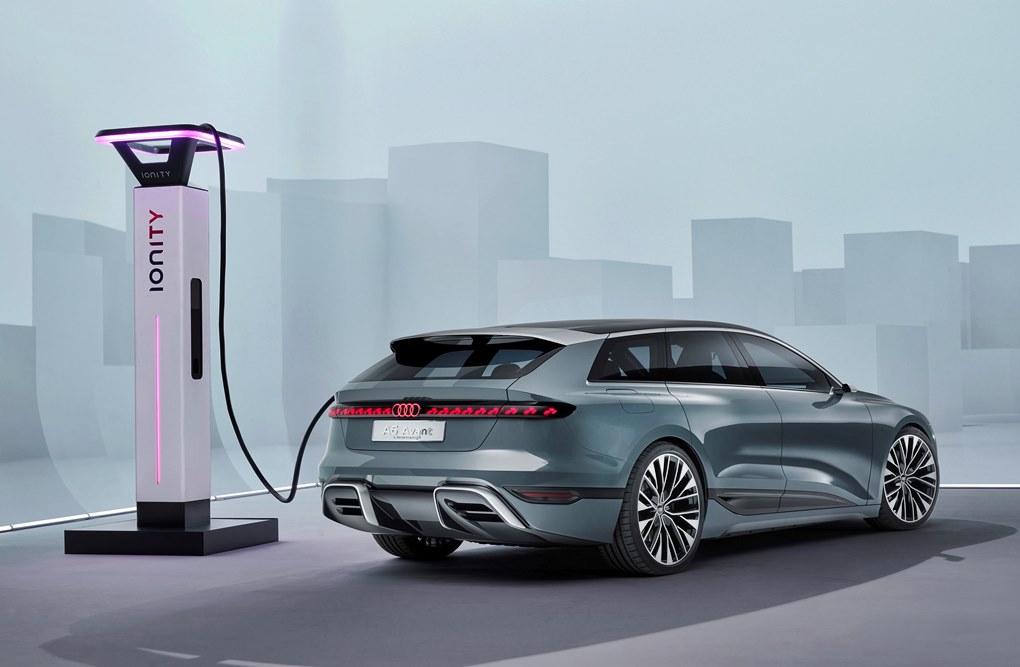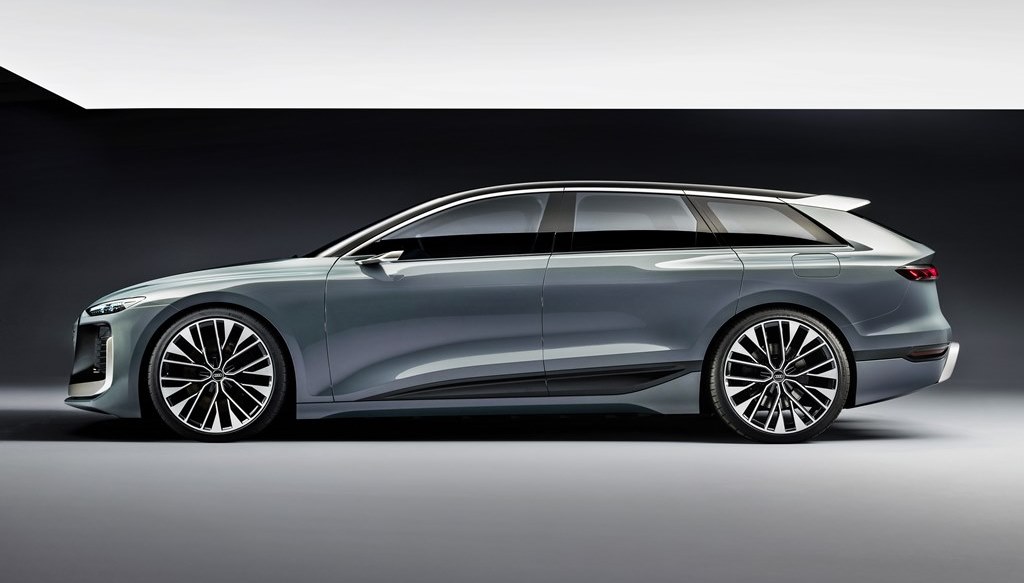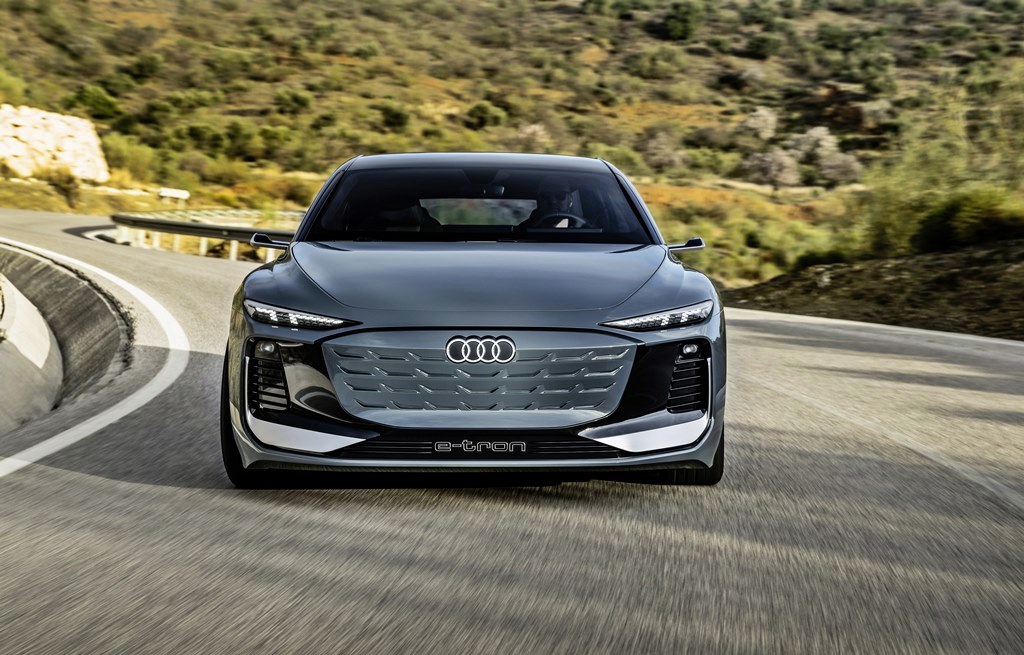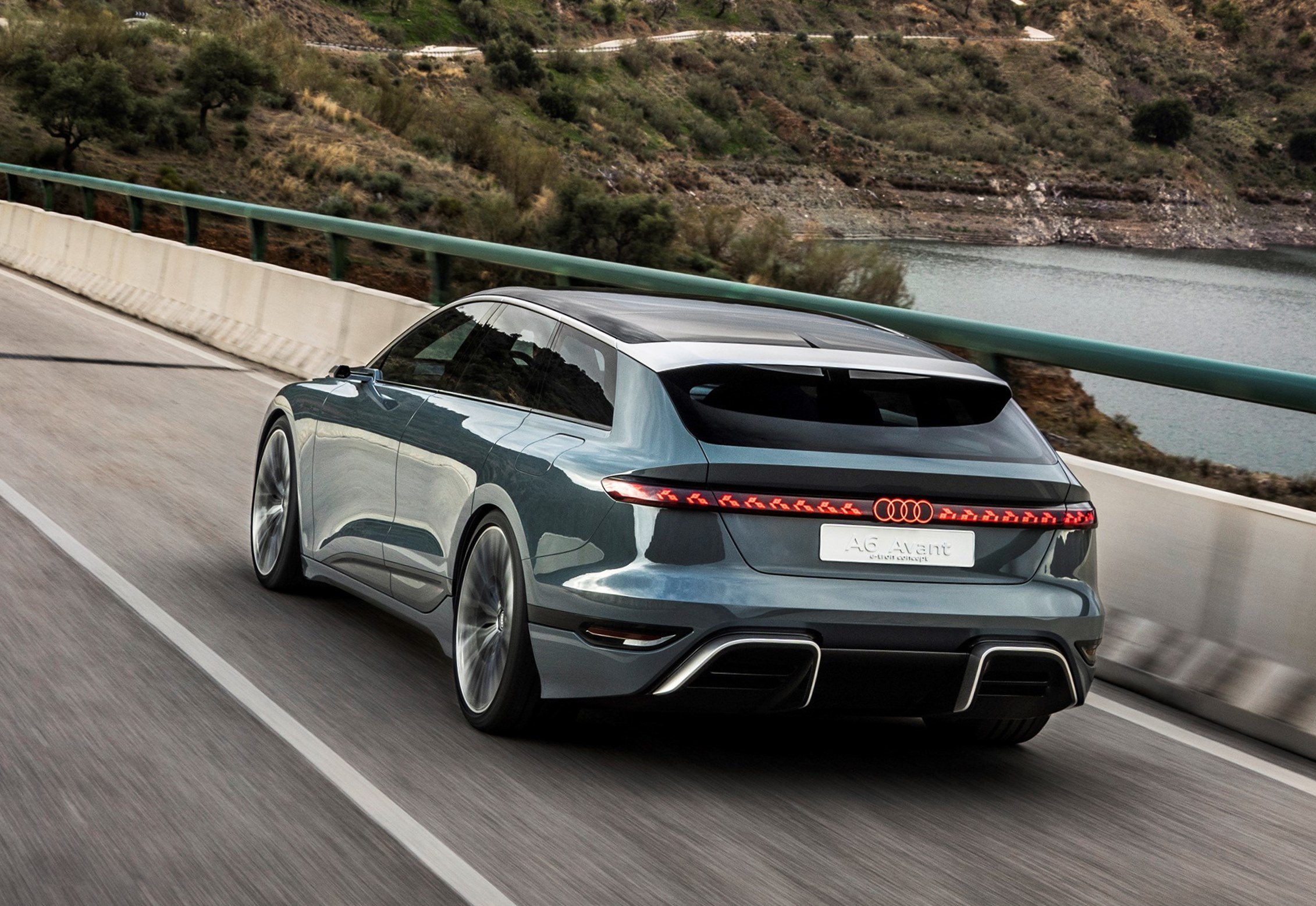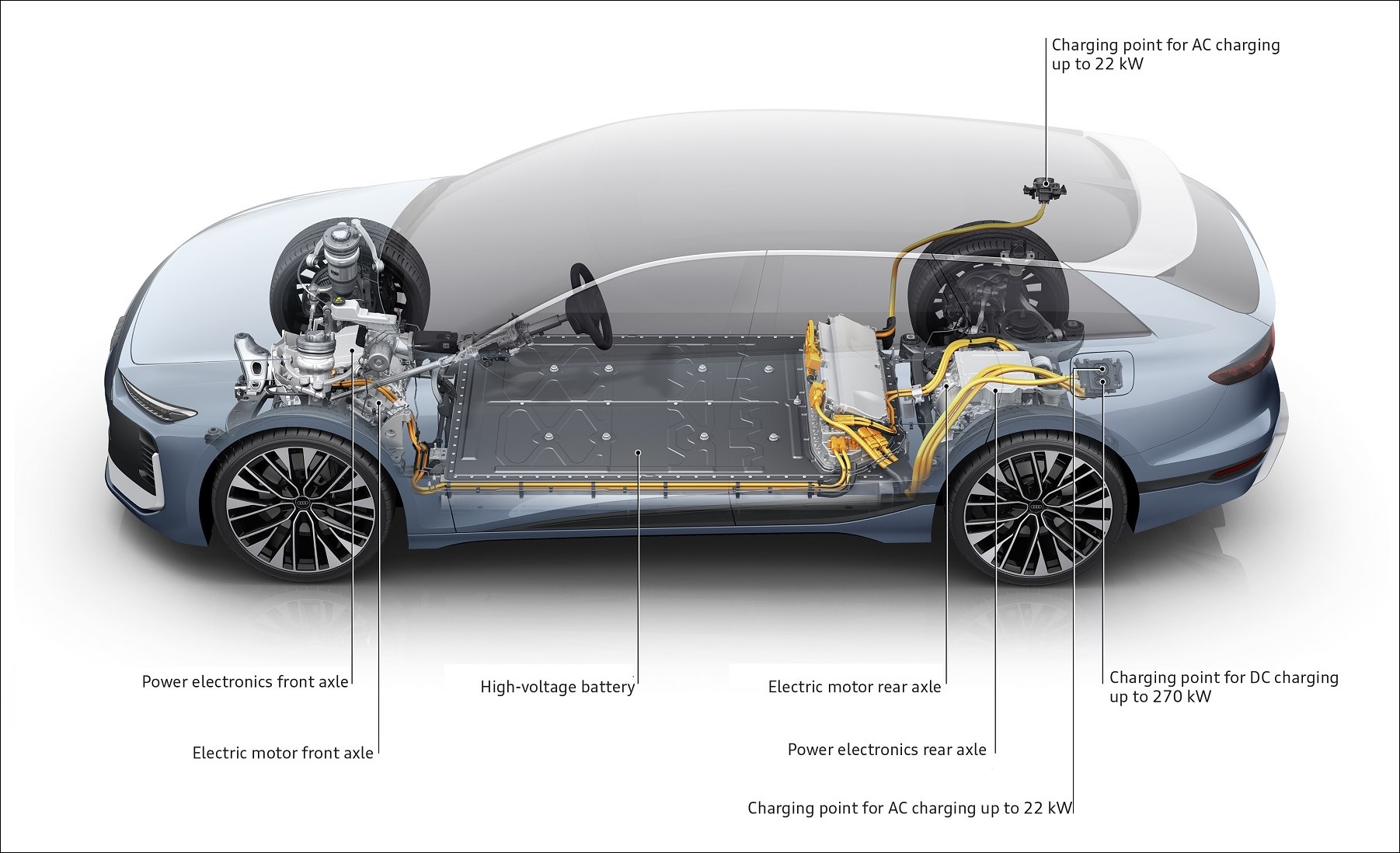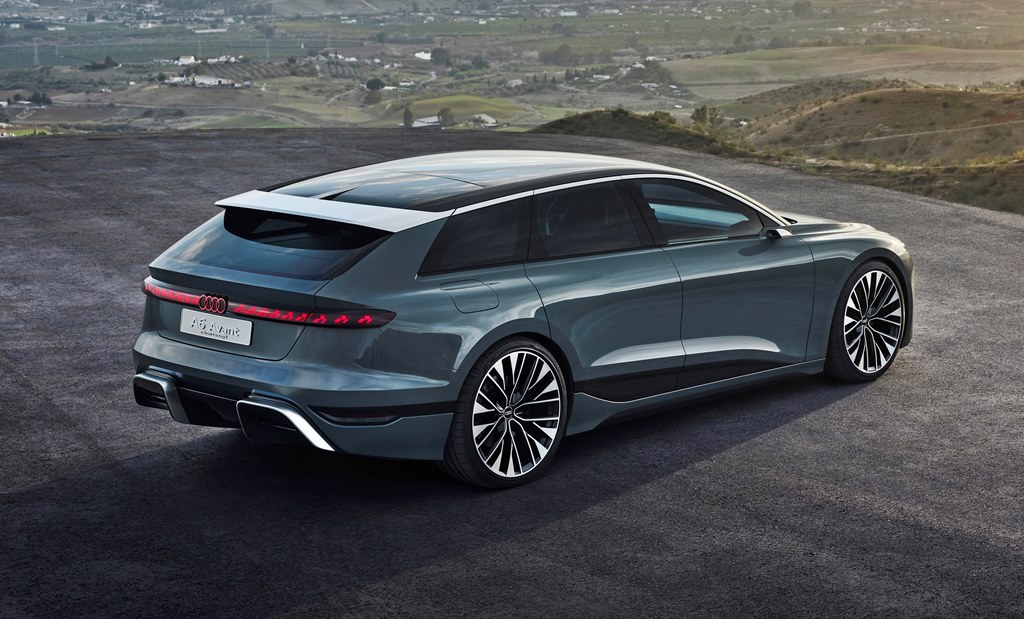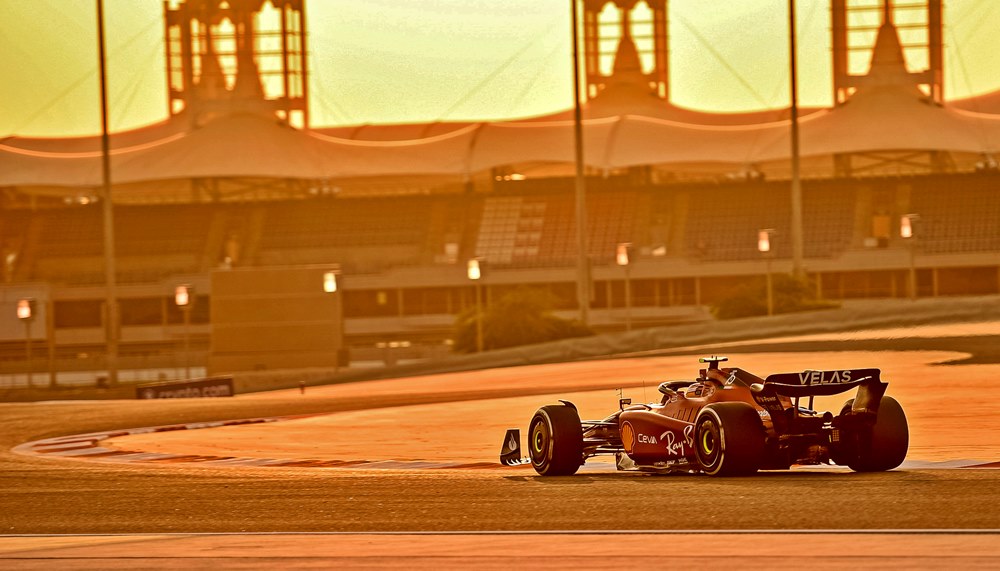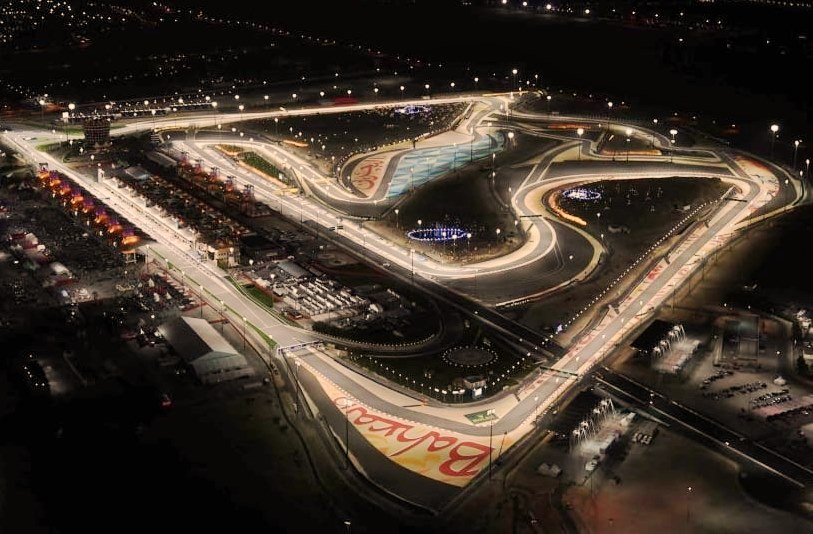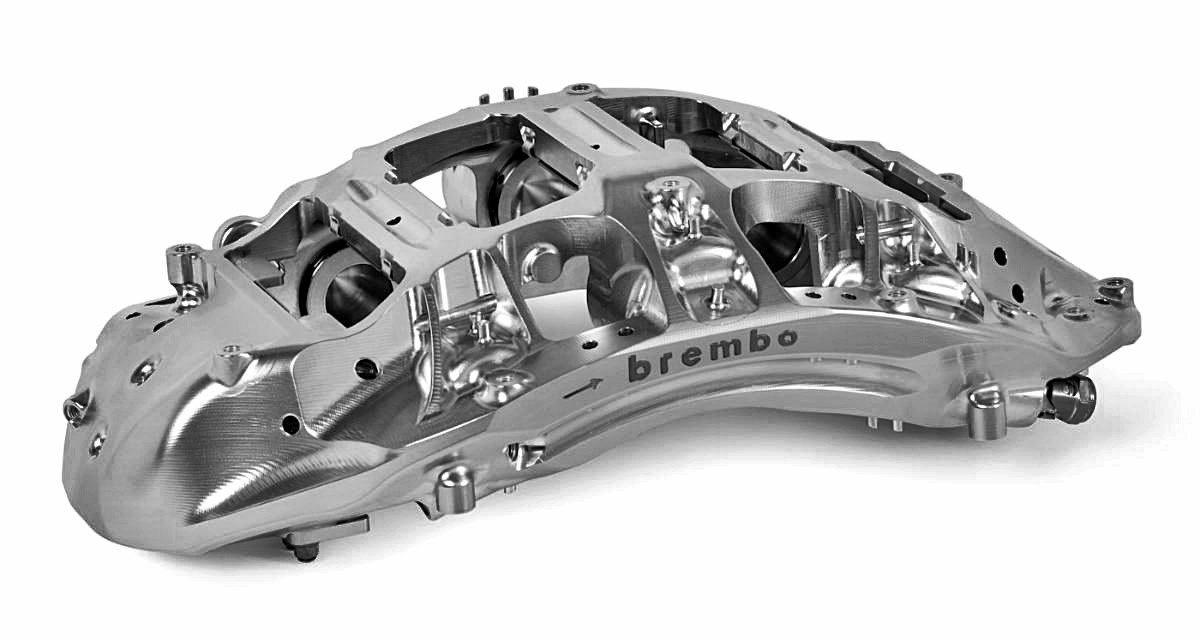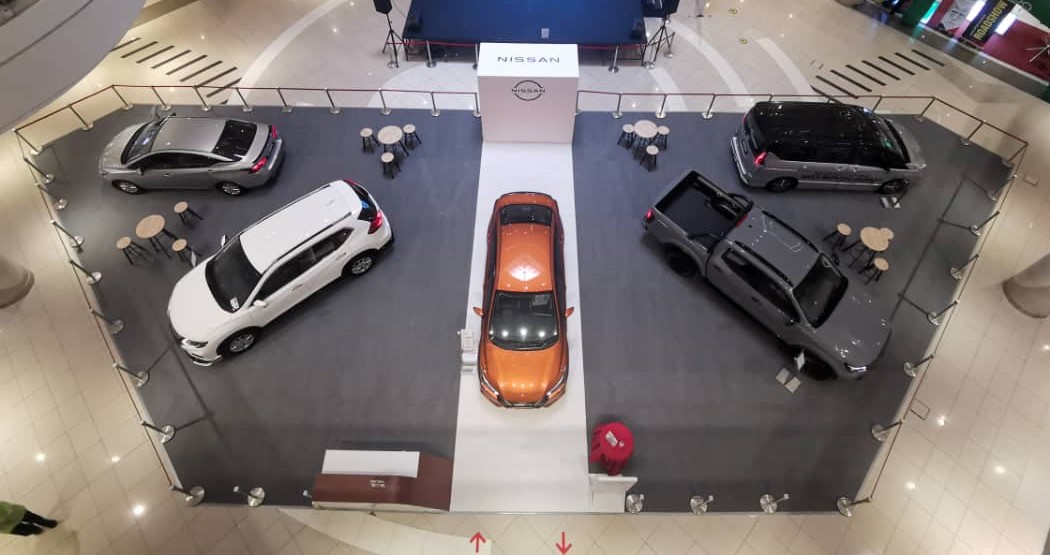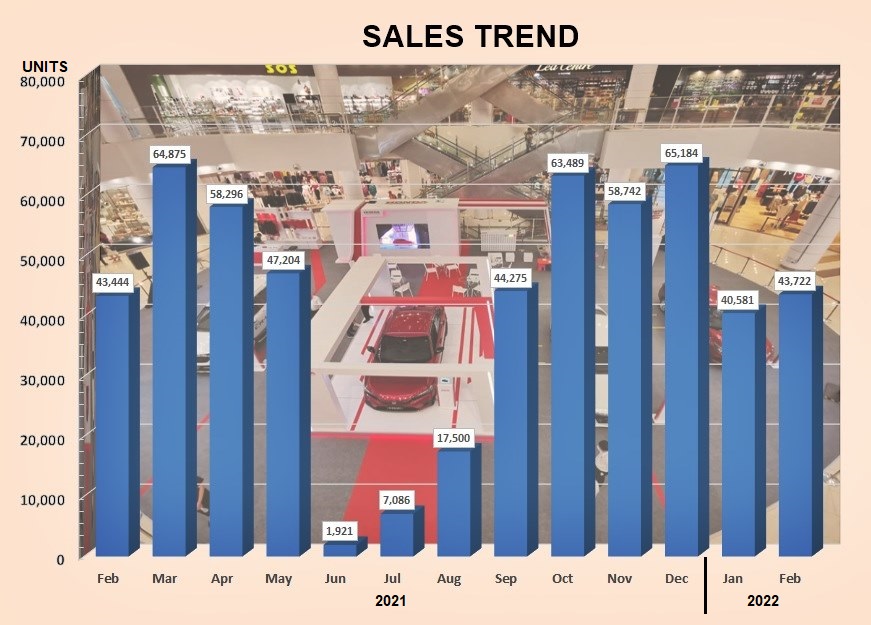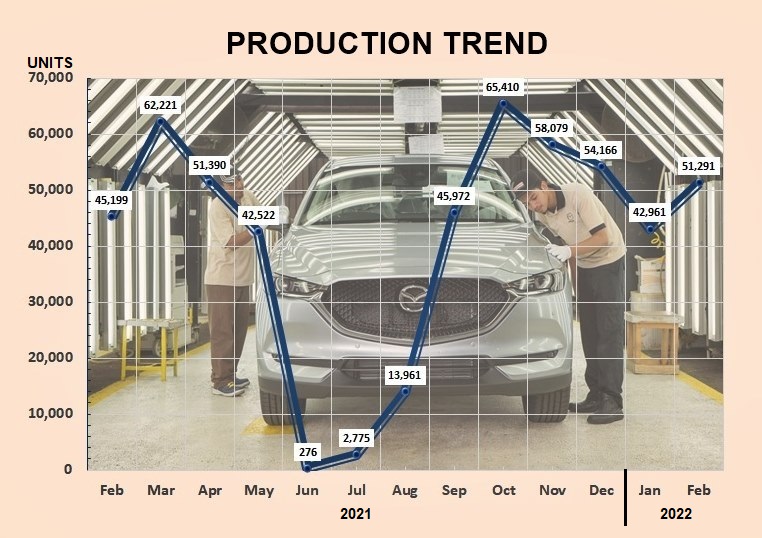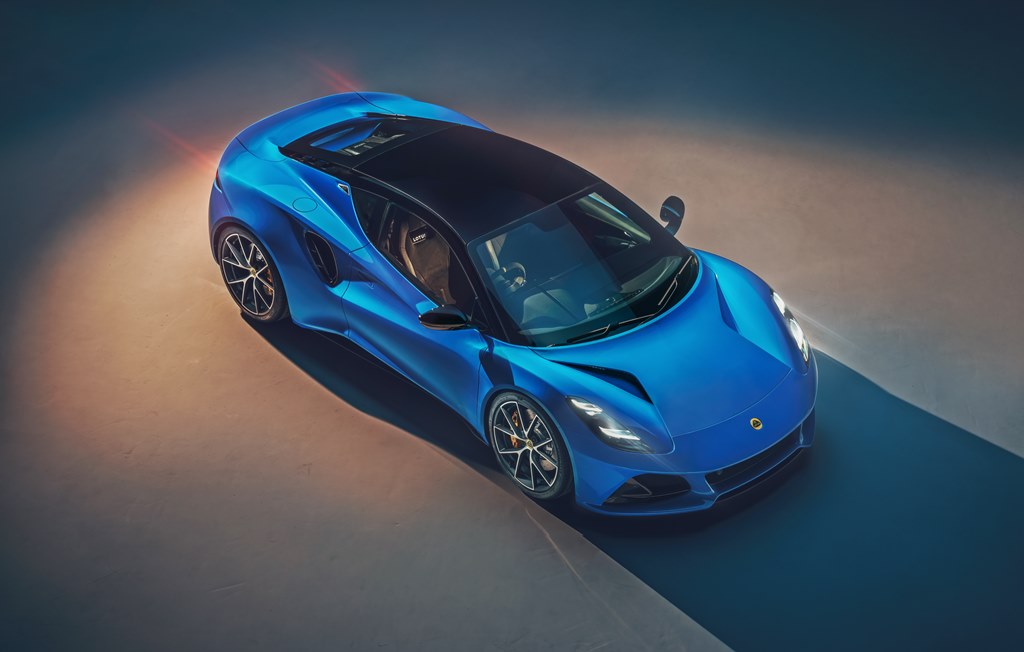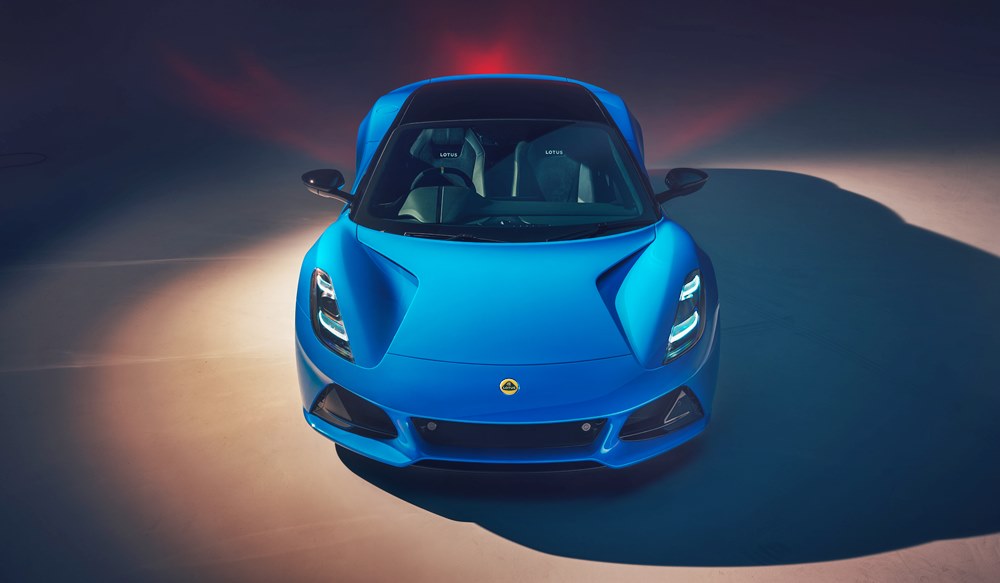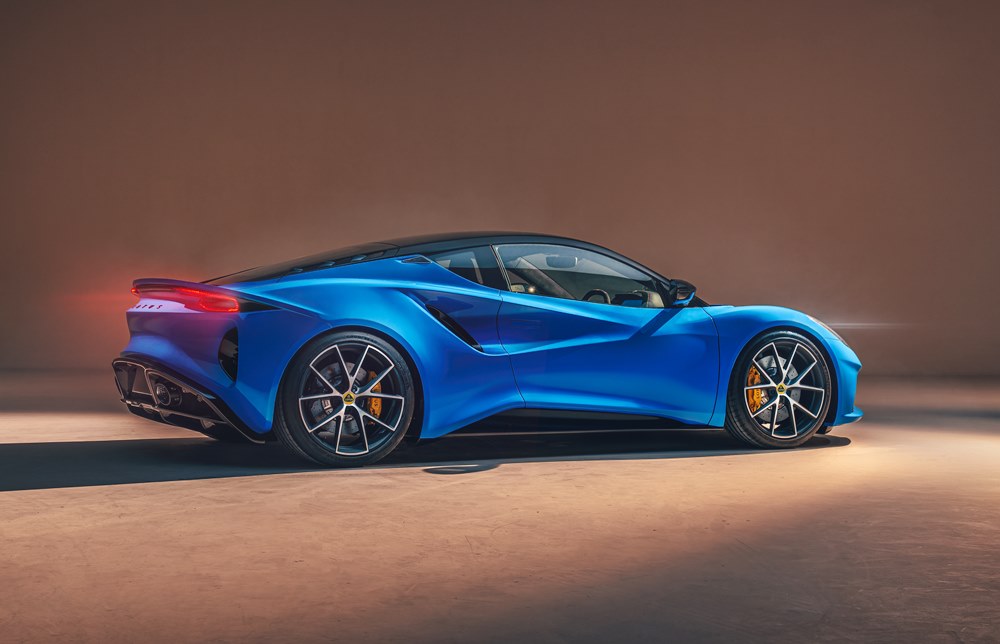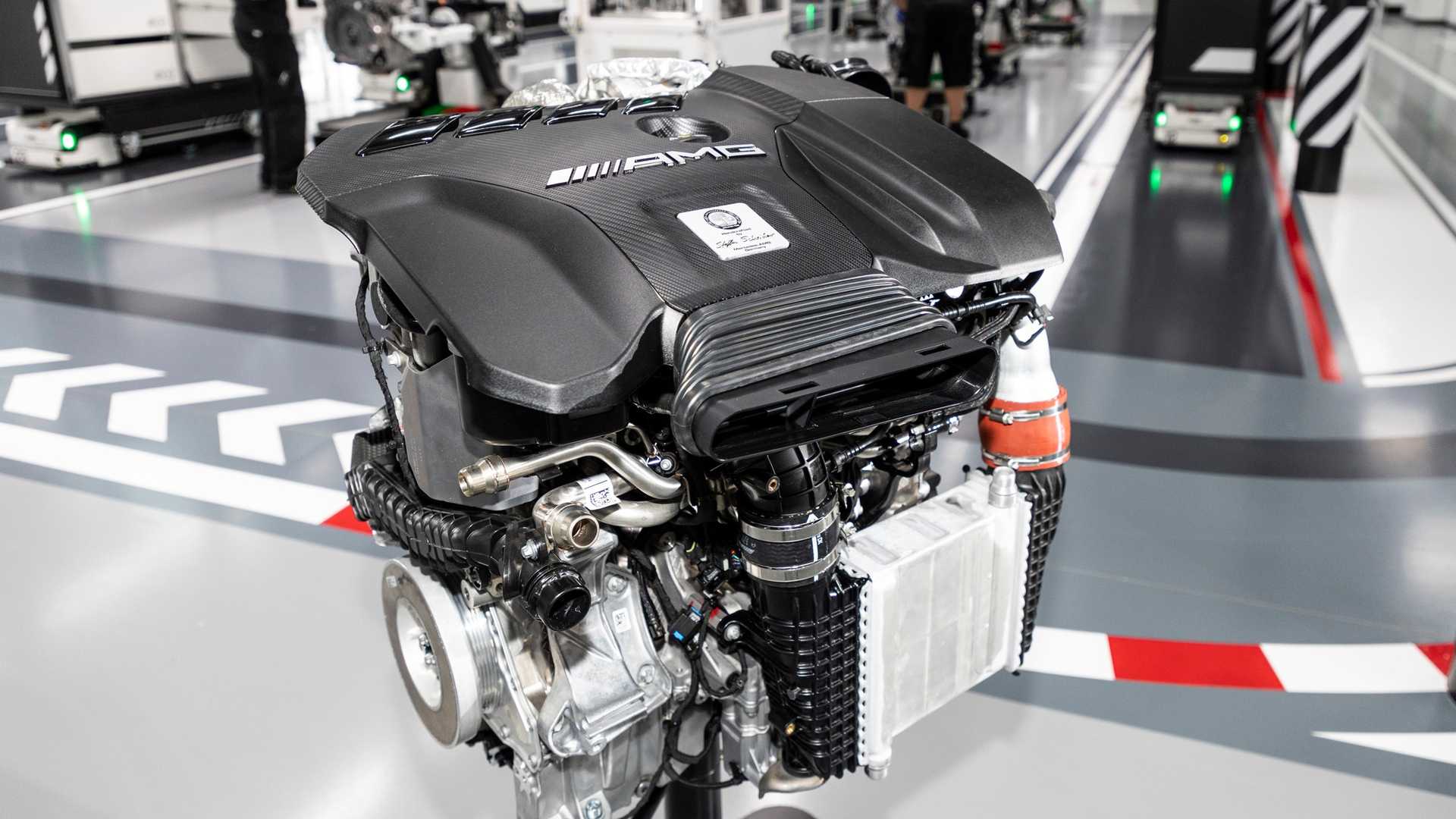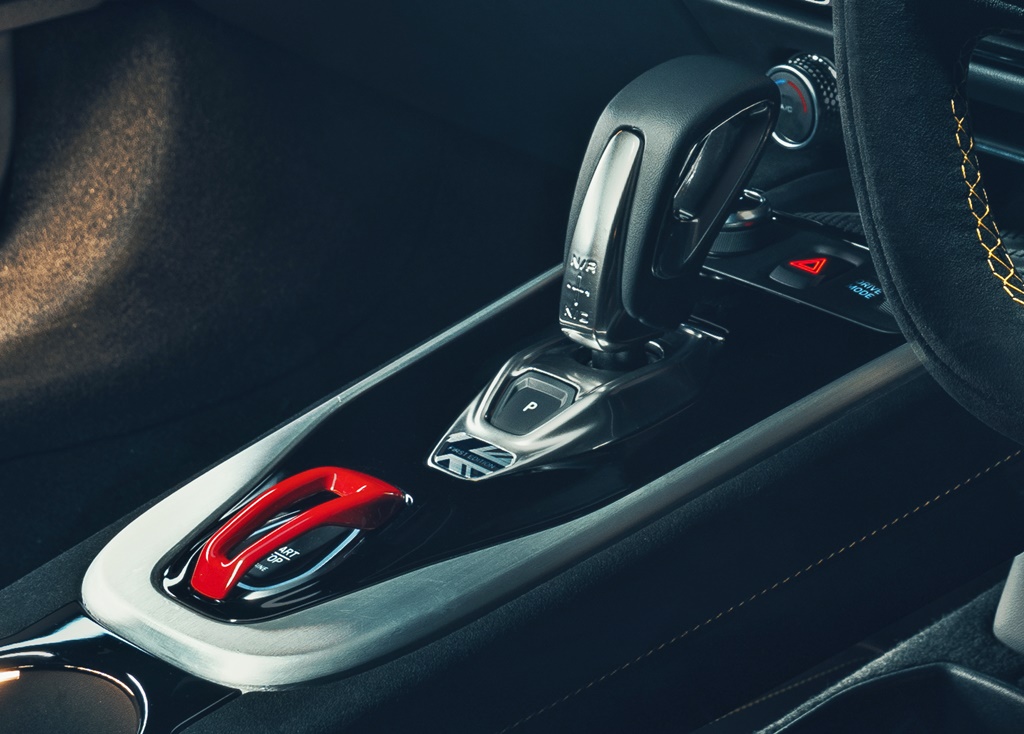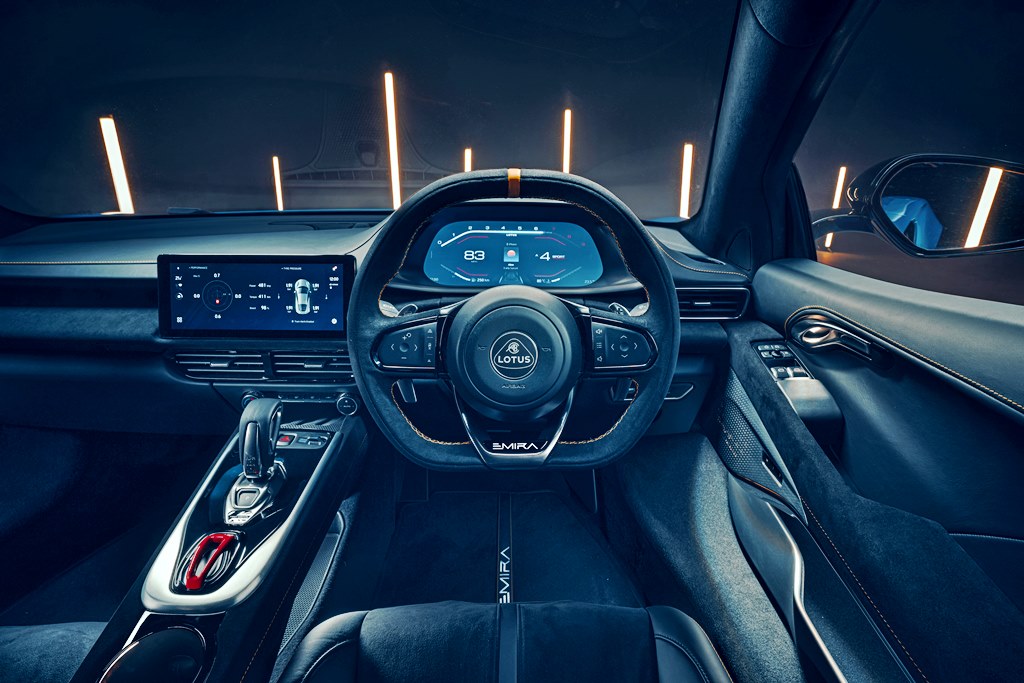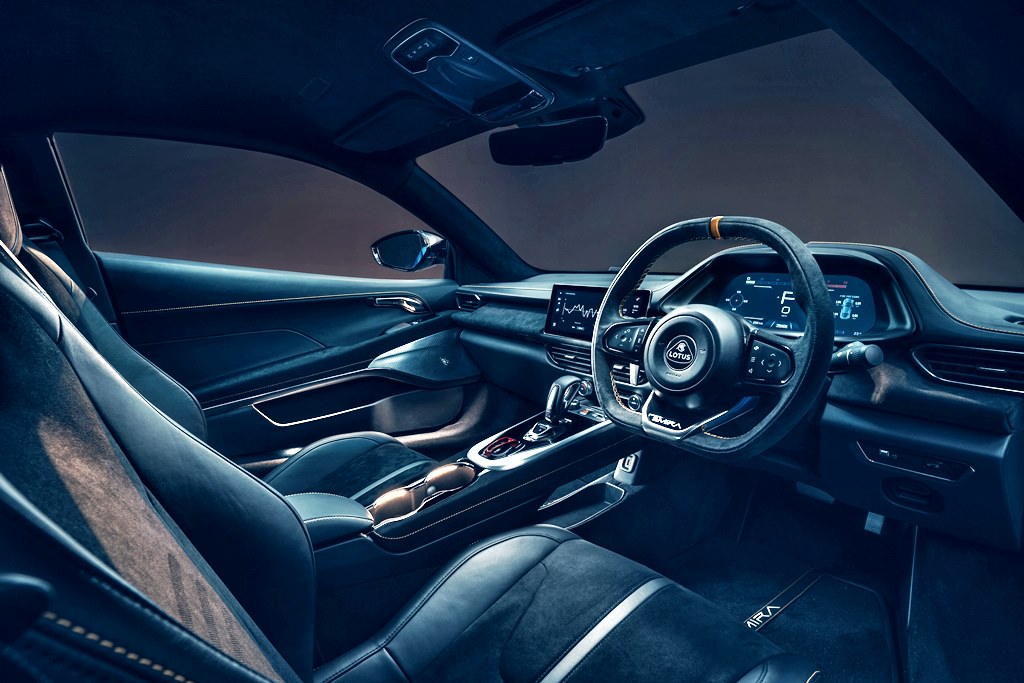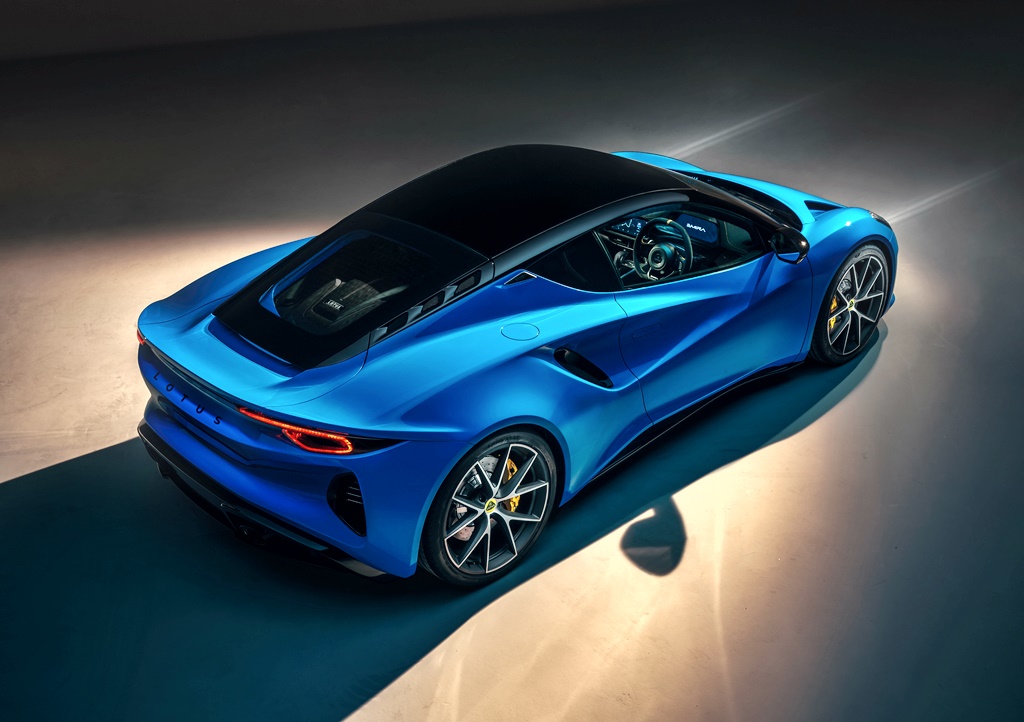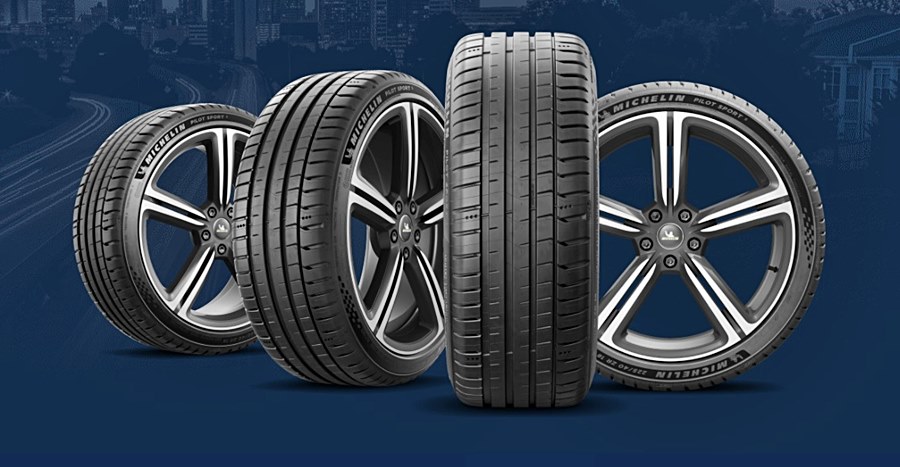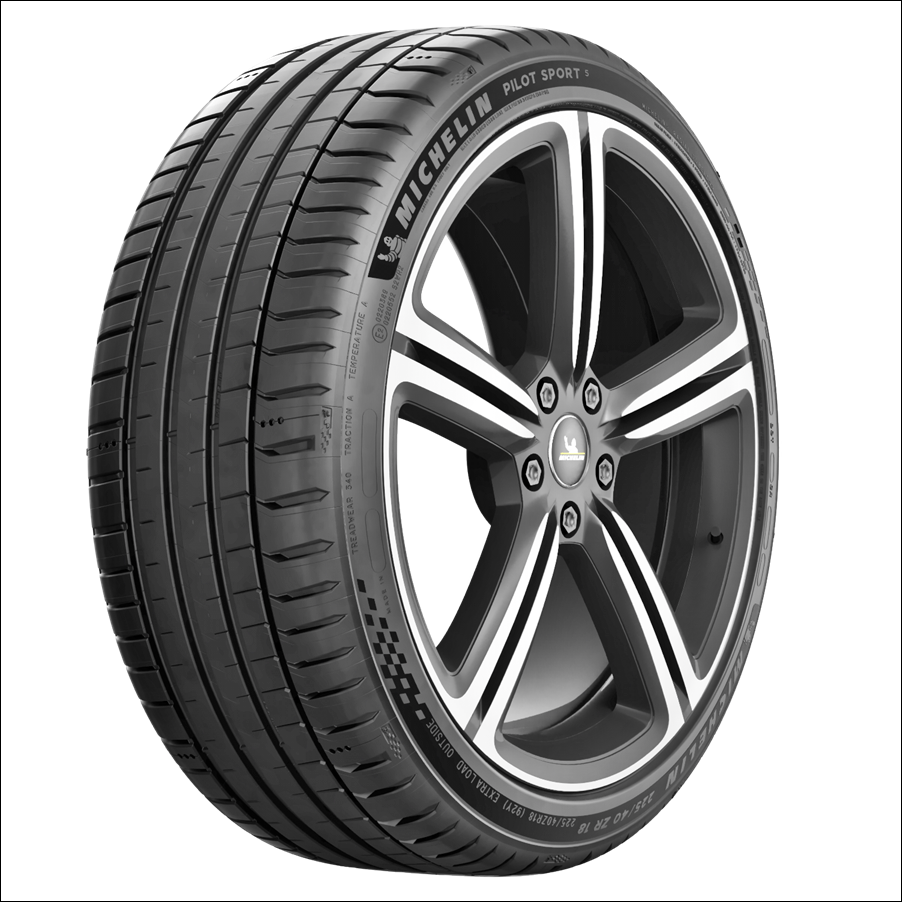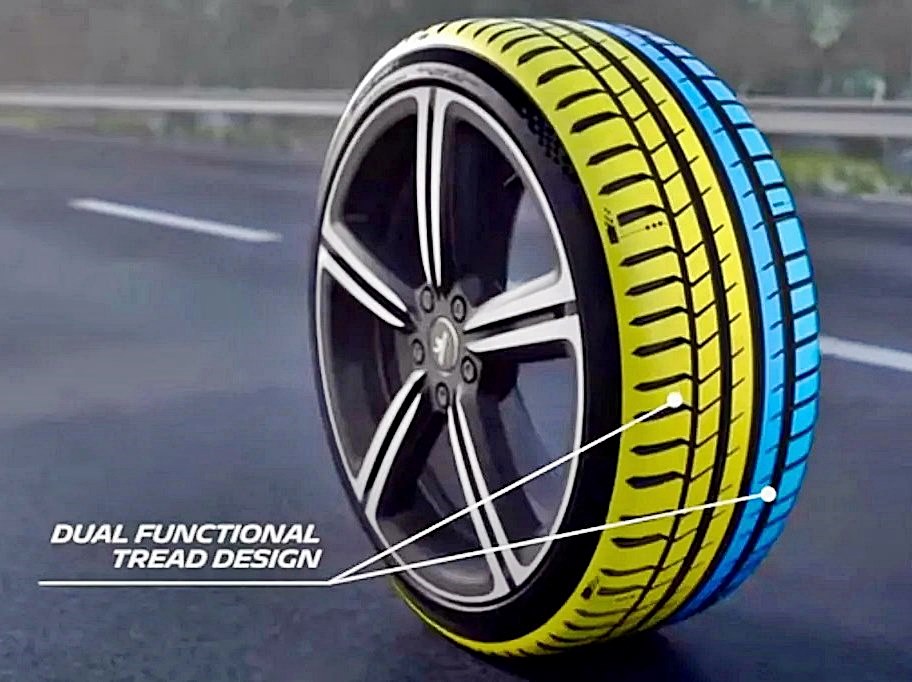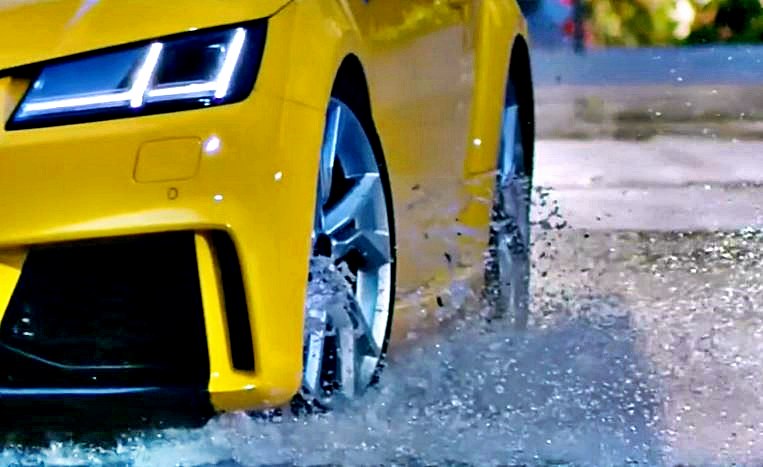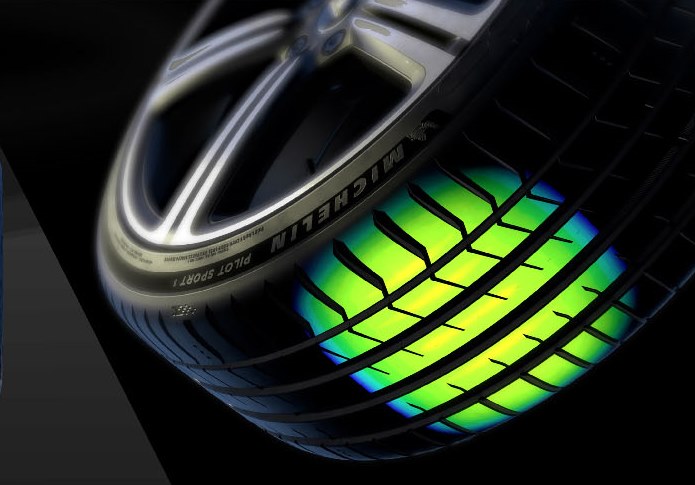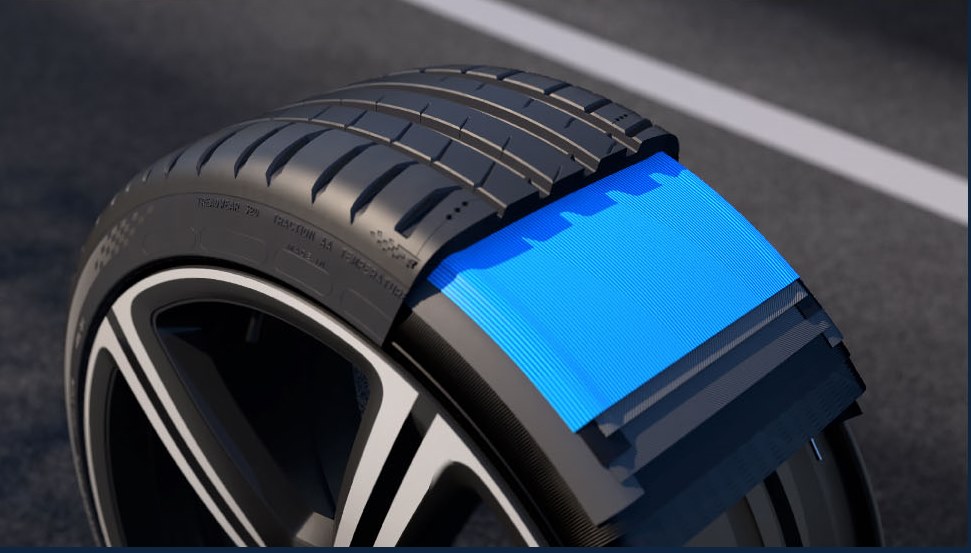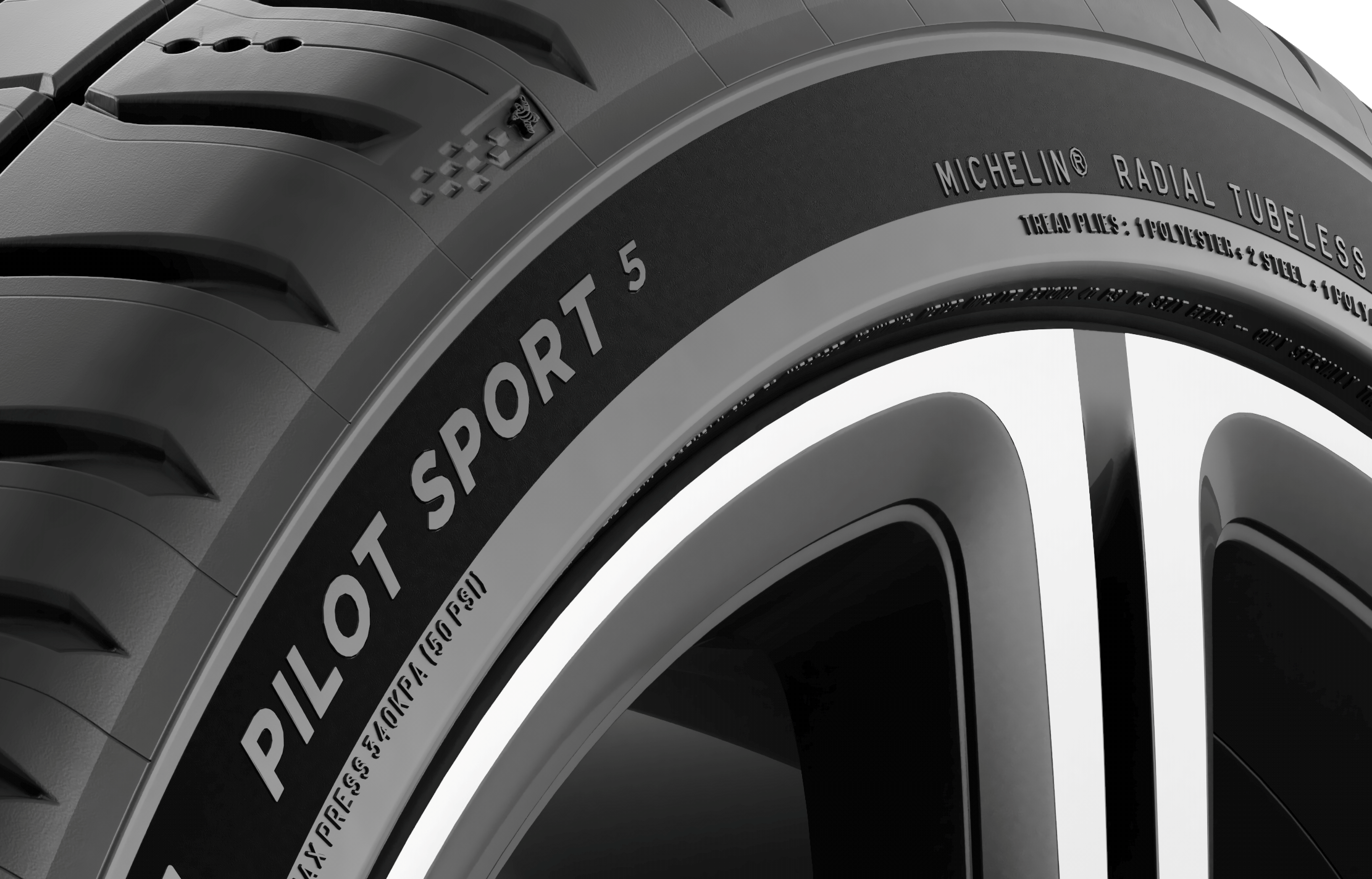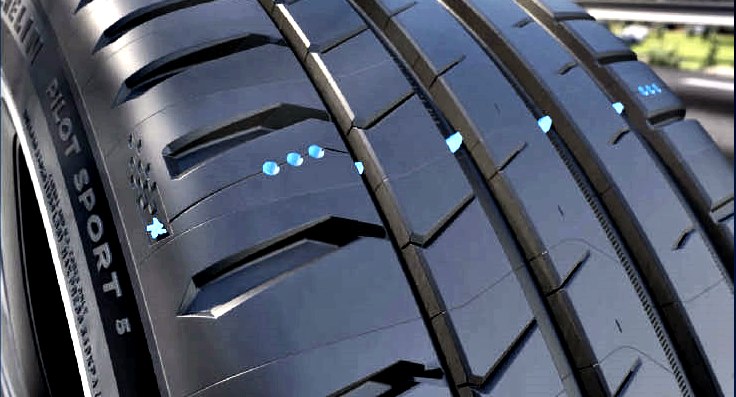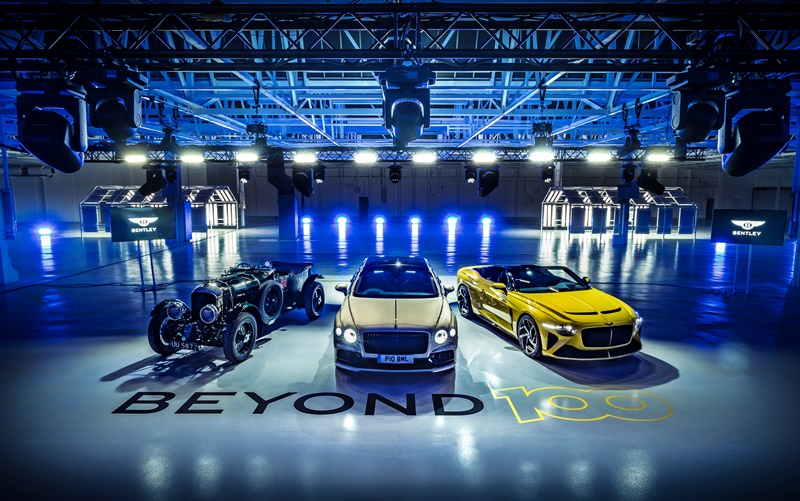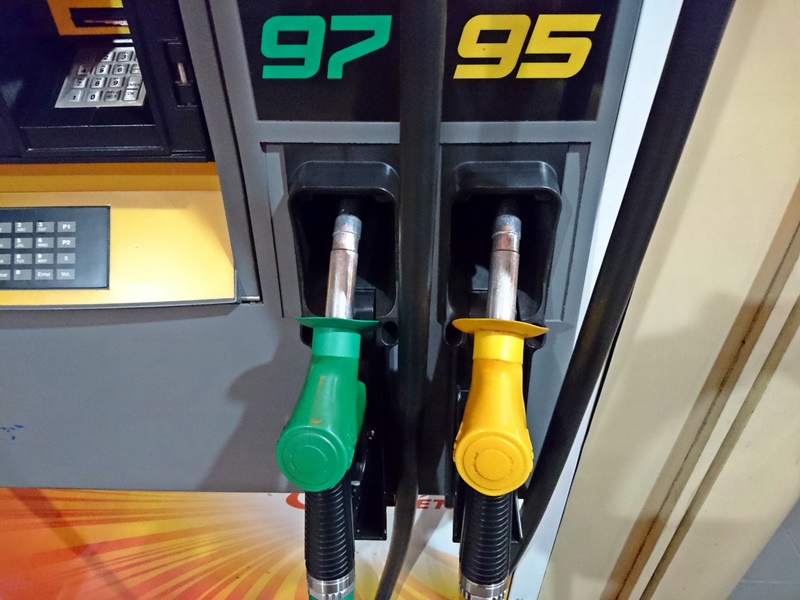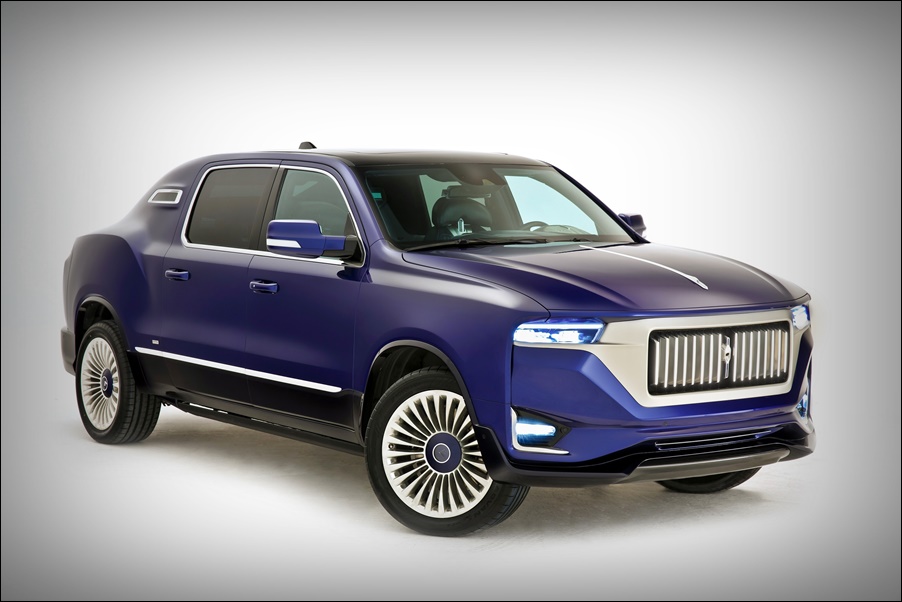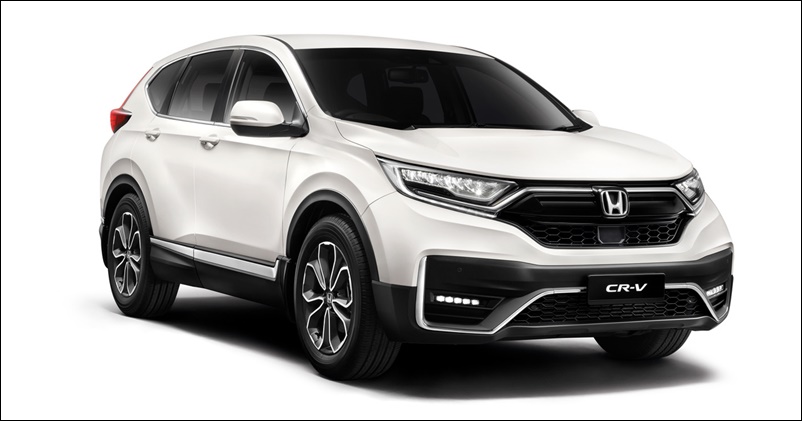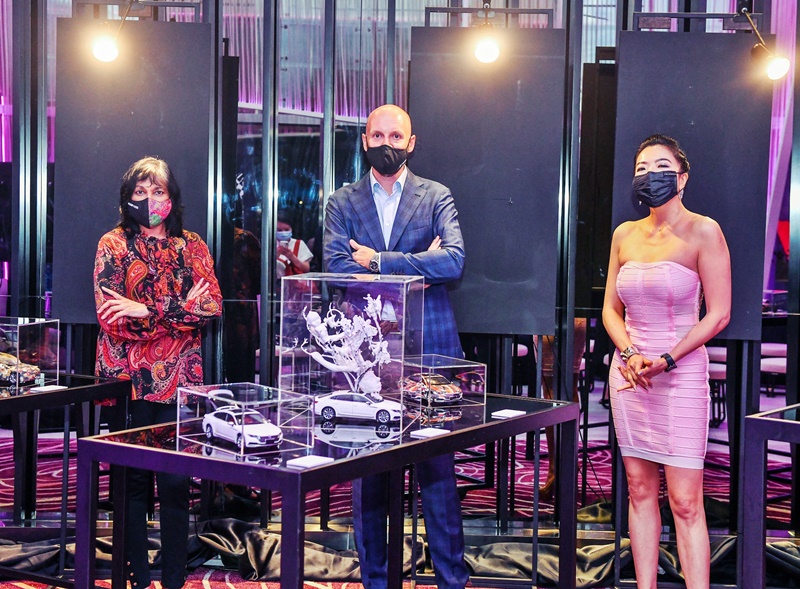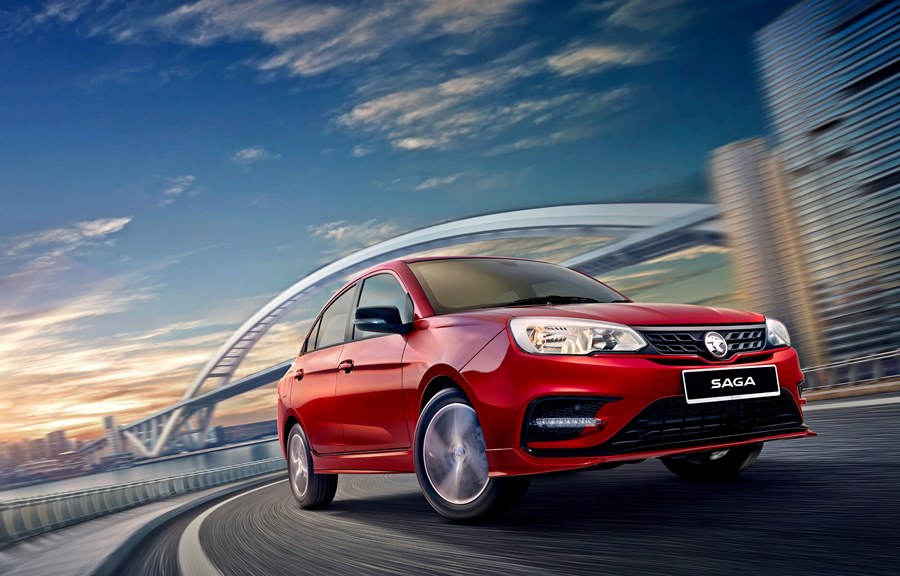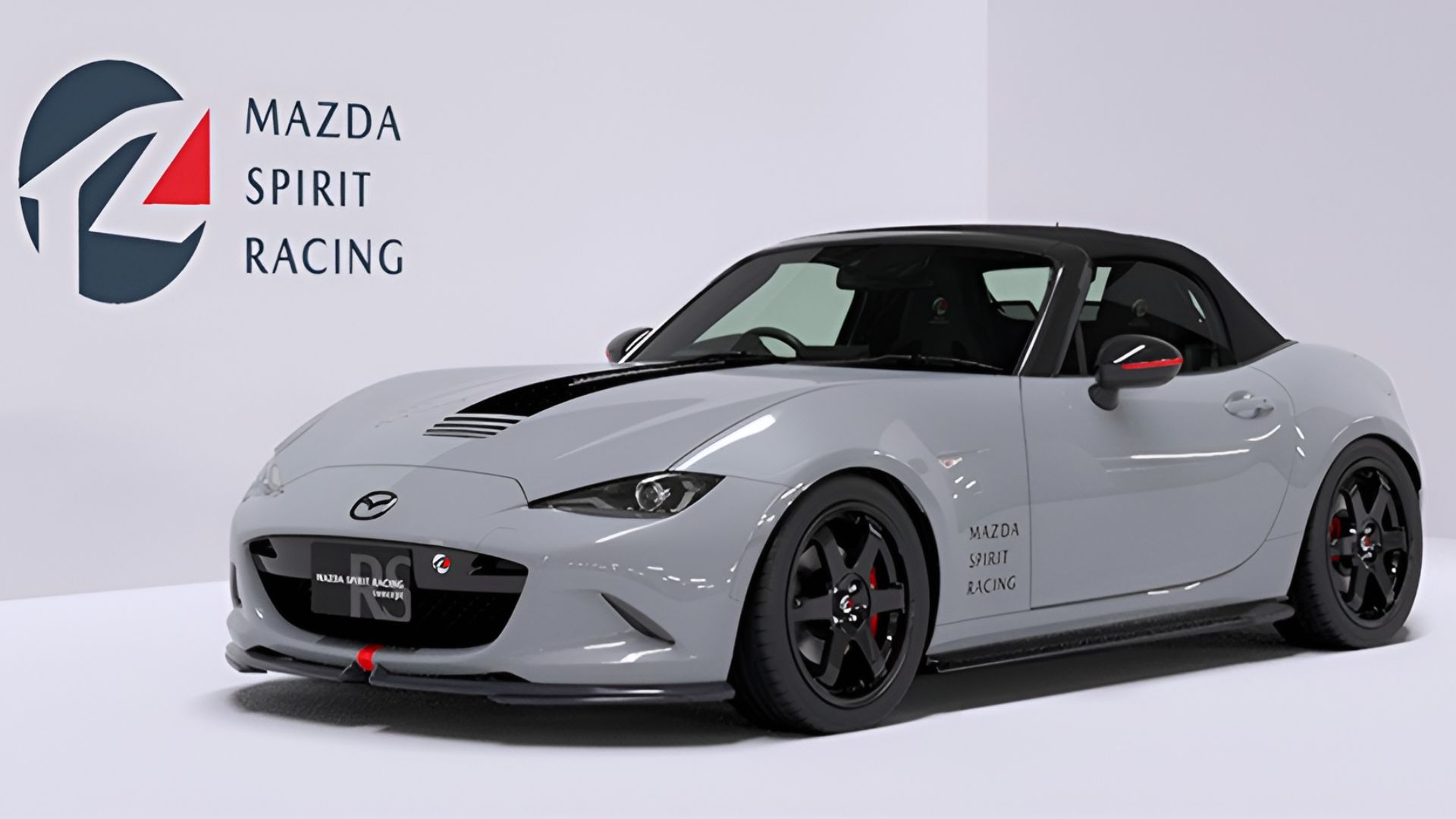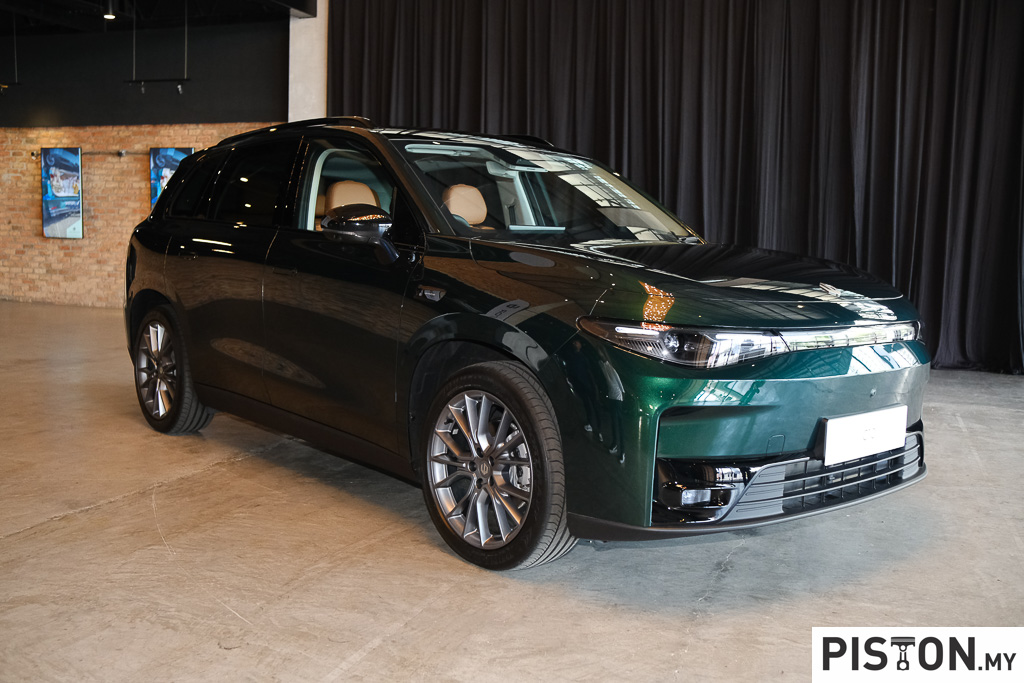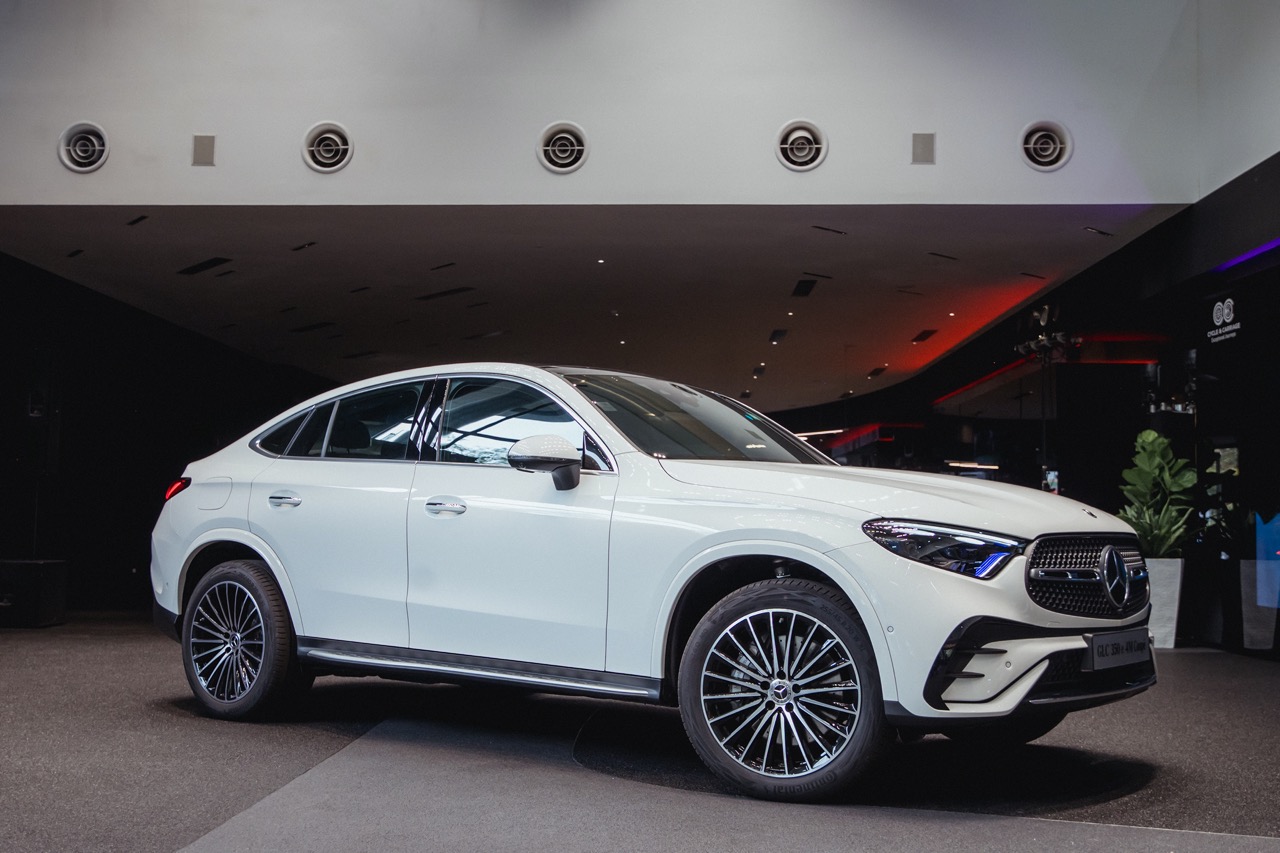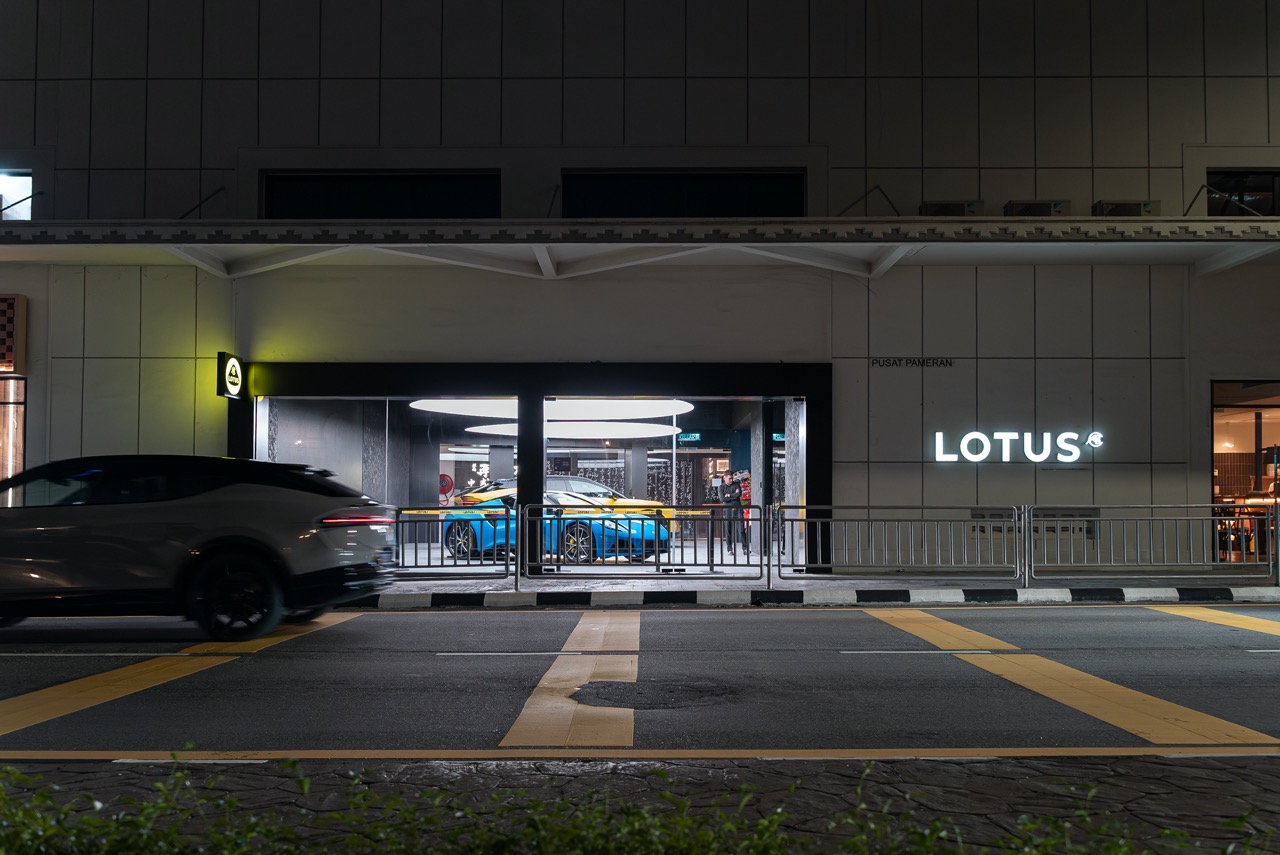15 years ago, Aston Martin revealed a new car built around the premise of fitting the most compact and driver-focussed model with the largest and most potent series production engine. It was the V12 Vantage RS Concept that would go into production and through successive version that have formed an iconic bloodline.
This lineage is now nearing its end and it ‘goes out on the highest of highs’, as Aston Martin’s CEO, Tobias Moers, says with the fastest, fiercest and most dynamically accomplished version of them all. While other manufacturers present ‘First Editions’ of their new models, Aston Martin is presenting the ‘Final Edition’ of the V12 Vantage. There will never be a car like it again.
Production of the V12 Vantage is strictly limited to 333 units, all of which have already been taken right after the new V12 Vantage was confirmed in December last year. As with many such limited editions, the number who want it exceeds the supply so there is a register of interest for hopefuls who wait for someone to change their mind. The first customers will get their cars before June this year.
The engine is the heart of every Aston Martin but never has it been more so than in this car which is the fastest and most powerful Vantage ever built. The quad-cam 60-degree 5.2-litre V12 develops 700 ps at 6,500 rpm and 753 Nm, fully available between 1,800 rpm and 6,000 rpm. That can send the V12 Vantage from standstill to almost 100 km/h in around 3.4 seconds, and on to a top speed claimed to be 320 km/h.
While the muscular engine provides the strong propulsion, extensive weight-saving measures have also brought the overall weight down so that it has a power-to-weight ratio of 390 ps per ton, or more than 20% compared to the V8-powered Vantage.
The power flows through a ZF 8-speed automatic transmission and mechanical Limited-Slip Differential mounted at the rear of the car. Unique transmission calibration enhances shift speeds and driver interaction, with learnings taken from the V12 Speedster and Vantage F1 Edition. This specially calibrated software delivers a level of shift refinement and usability which is beyond that seen on dual clutch gearboxes.
The weight-saving measures include a carbonfibre front bumper, clamshell bonnet, front fenders and side sills, composite rear bumper and decklid, and a special centre-mounted twin-exit exhaust system. Tuned to ensure the V12 Vantage has a voice to match its looks and performance, this new exhaust system is made from lightweight 1 mm stainless-steel, saving some 7.2 kgs compared with the system fitted to the Vantage. Even the battery is a specially sourced lightweight unit.
To complement the engine performance and character is the dynamic driving experience, improved in this last V12 Vantage. It comes with a new adaptive damping suspension system including new anti-roll bars, bushes, and spring and damper assemblies. Suspension spring rates have been increased by 50% at the front and 40% at the rear, combined with top mount stiffness increasing by 13% and new anti-roll bars are 5% stiffer at the front and 41% softer at the rear. To maintain comfort for the driver, a secondary tender spring has been introduced to the rear.
Body stiffness has also been increased with additional front and rear sheer panels, a rear suspension tower strut brace and fuel tank bracing, increasing body stiffness by 8% and lateral stiffness by 6.7%, giving the optimum platform stiffness for superior driving dynamics.
For stopping power, Aston Martin has installed its Carbon Ceramic Braking system as standard, saving 23 kgs in weight. This comes with 410 mm x 38 mm discs with 6-piston calipers at the front, and 360 mm x 32 mm discs paired with 4-piston calipers at the rear. The CCB discs maintain consistent braking performance at high temperatures and have been engineered to resist brake fade at very high temperatures.
Moving to the interior, the V12 Vantage retains the instantly recognisable layout of the current Vantage, whilst signifying its halo positioning with a Sports Plus Seat trimmed in full semi-aniline leather featuring ‘Wings’ quilt and perforation pattern as standard.
There is also a new carbonfibre performance seat with exposed twill carbonfibre shell and manual 6-way adjustment available as an option, offering a supportive seat design for those enhanced driving dynamics and a distinct design character. This is an Aston Martin patented design inspired by motorsport, optimised to save 7.3 kgs without compromising comfort.
Woven leather or Alcantara seat inserts, trim inlays and the anodised rotary dials found in the centre console can coloured in a way to match or contrast with the exterior body or graphic colour, providing a more subtle injection of colour inside the cabin. With so many design combinations available, it would not be a surprise to see no two cars the same.
Aston Martin provides F1 Safety and Medical Cars again for 12 races in 2022


